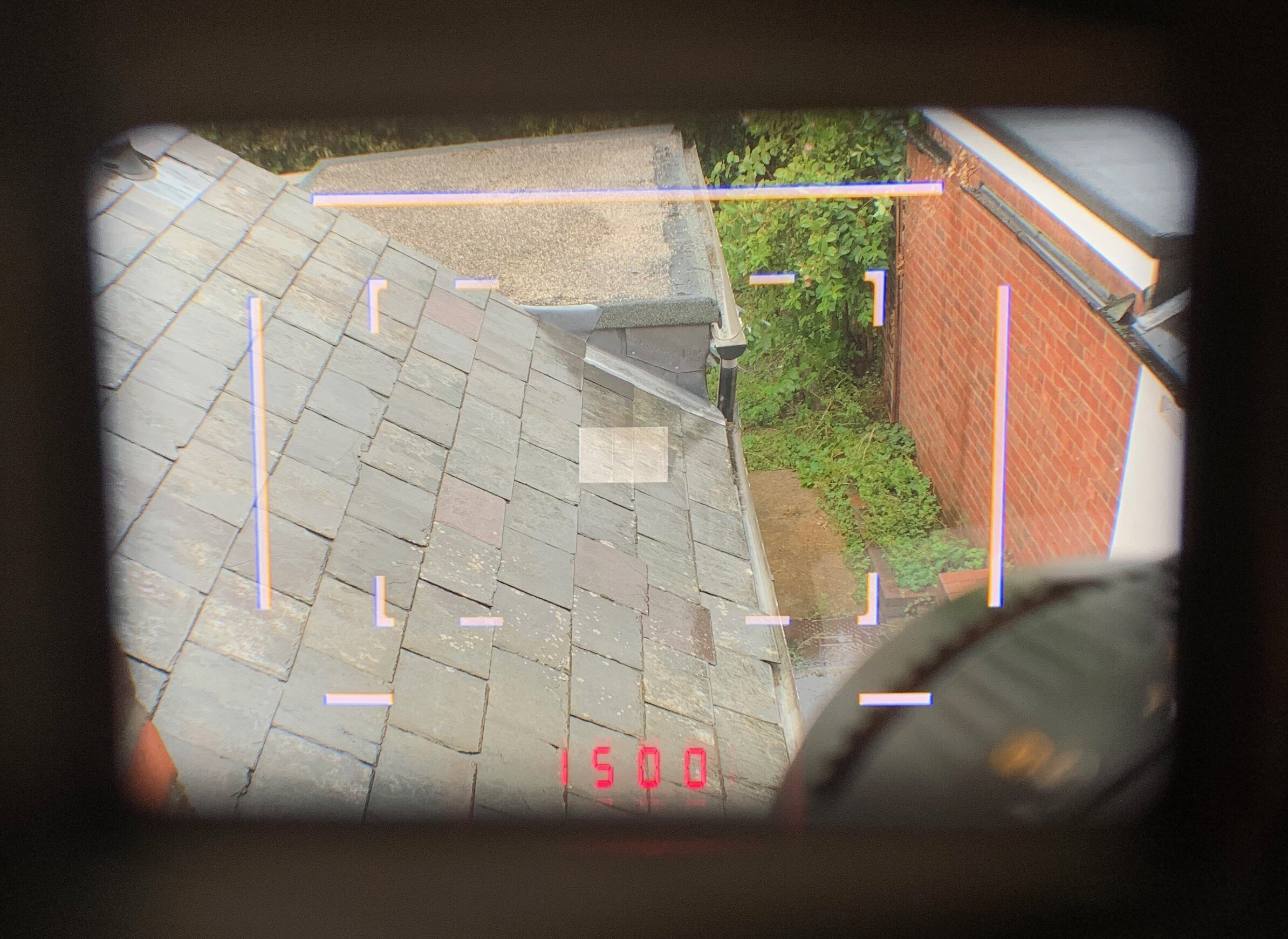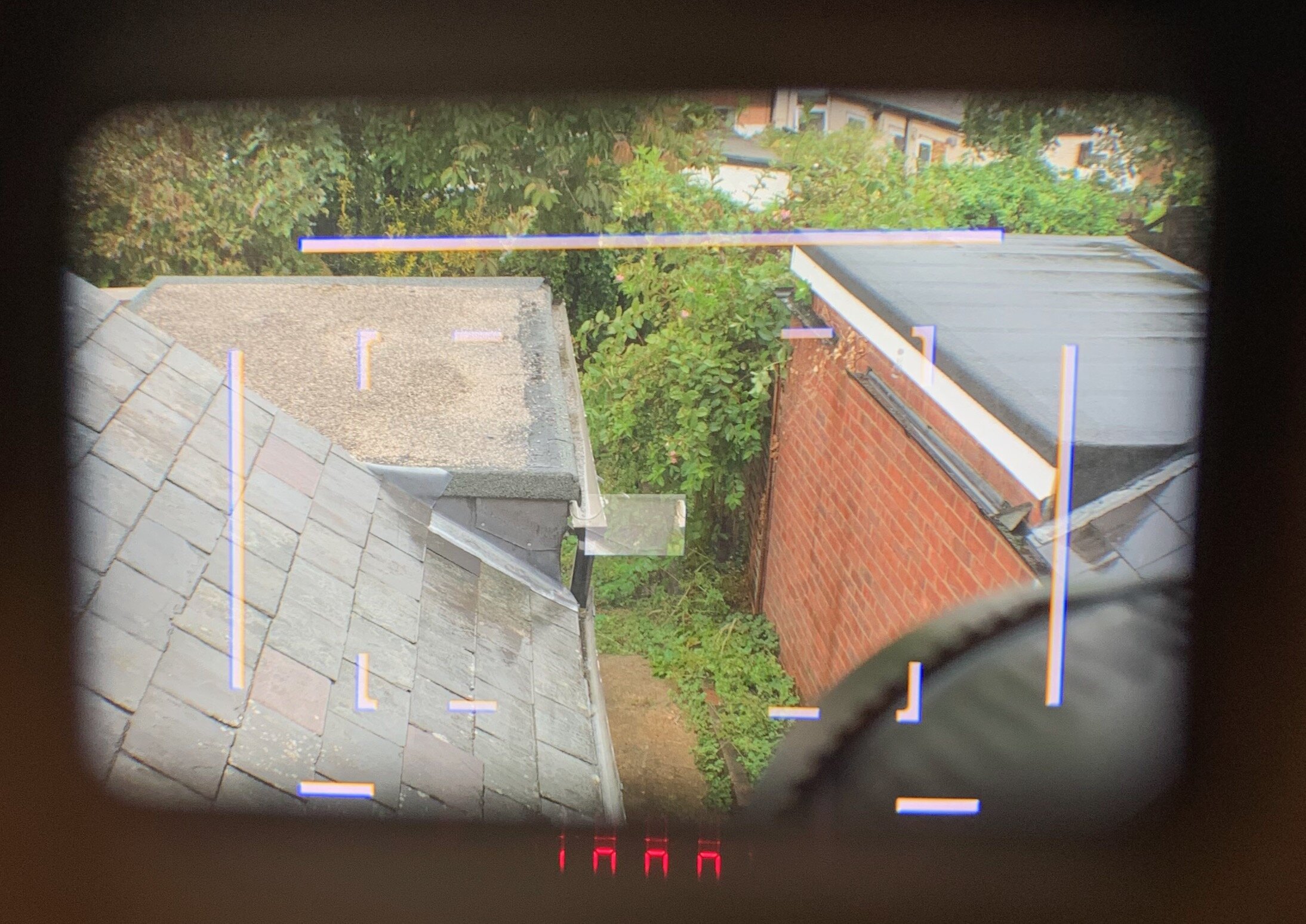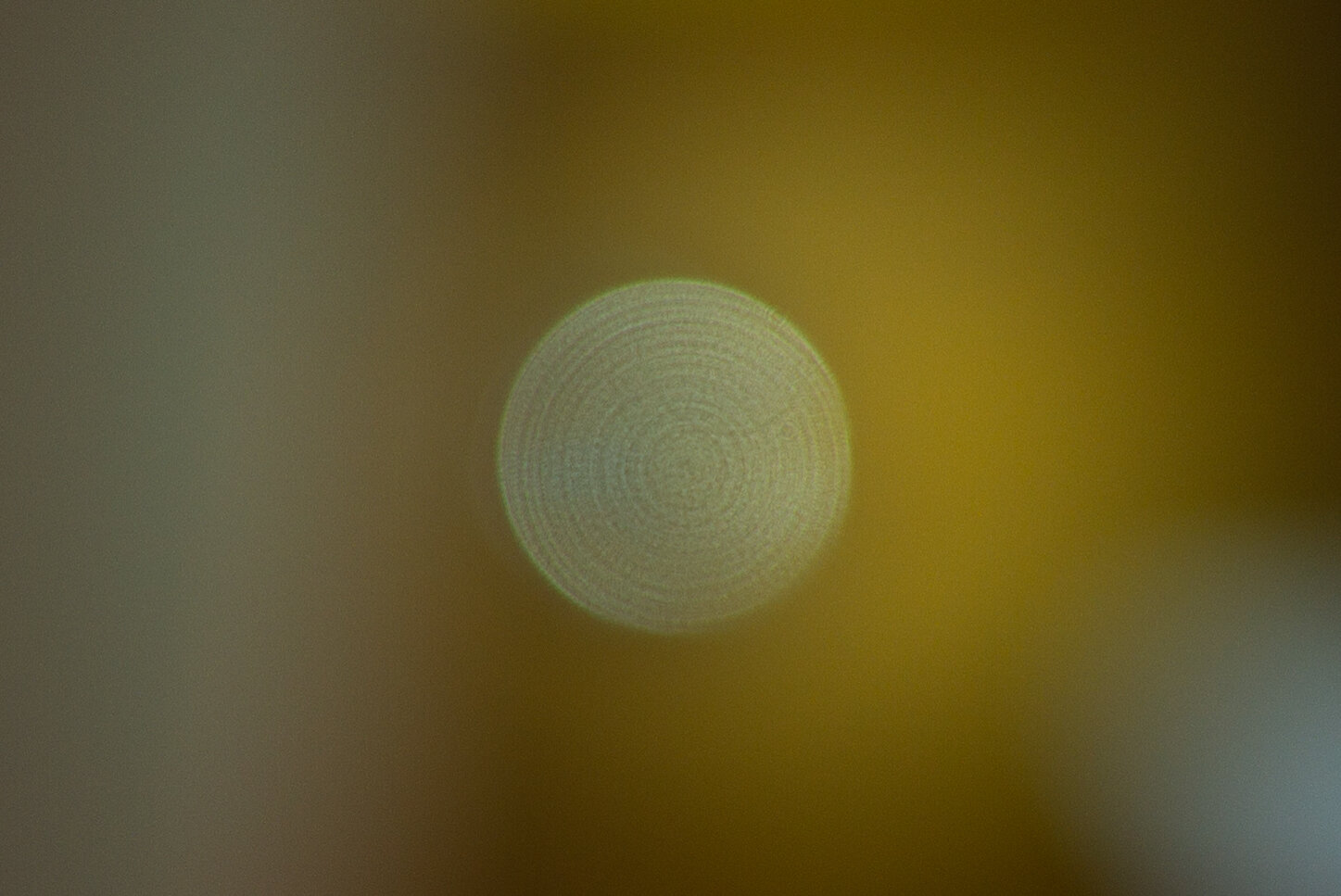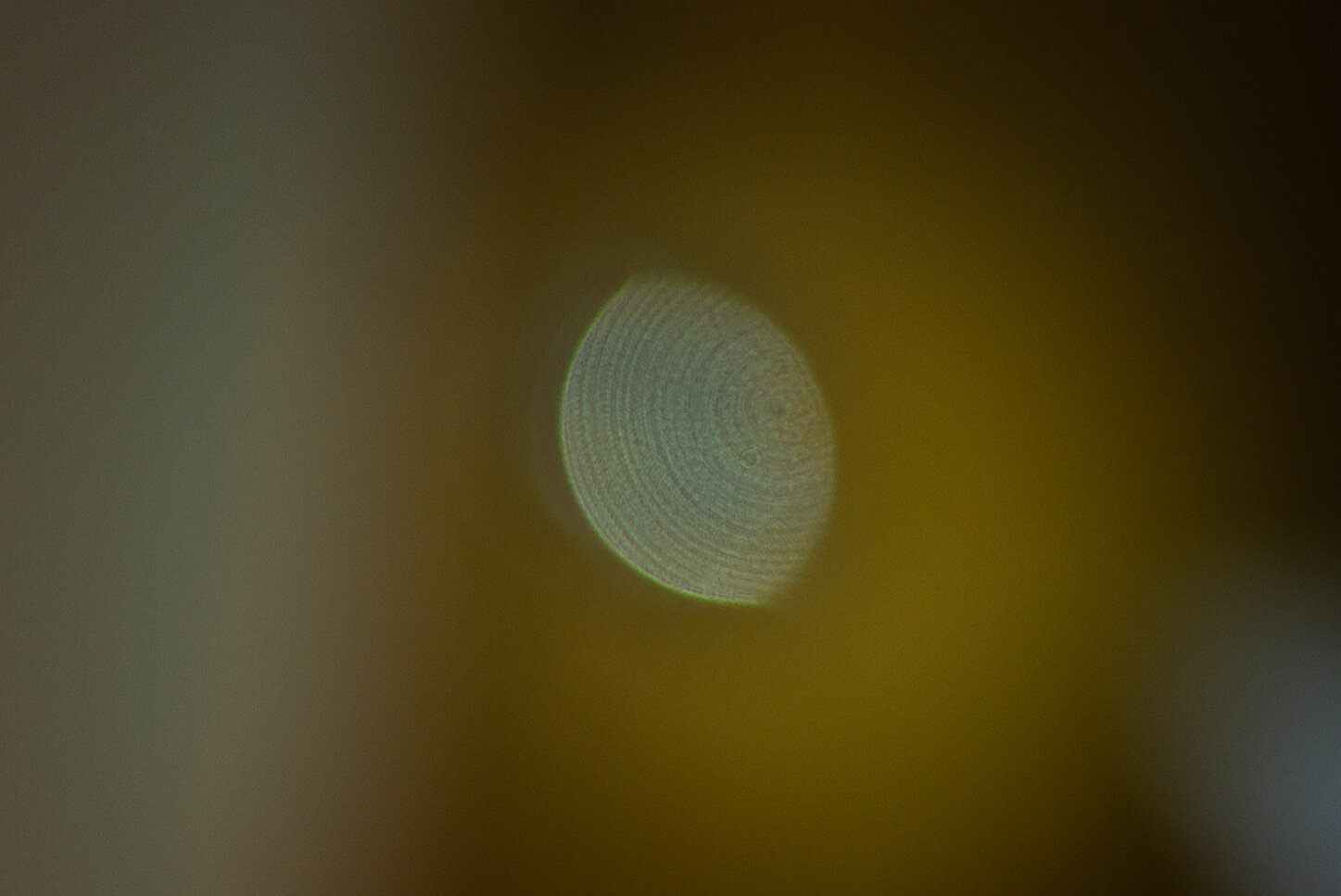TTArtisan 50mm 1.4 review
TTArtisan is a very young company. They released their first M mount lens in 2019, the TTArtisan 35mm 1.4, which I will review here very shortly. Since ten they kept releasing interesting options for us Leica shooters not necessarily wanting to spend big money on every focal length. A lot of noise was raised when they announced the TTArtisan 50mm 0.95, which seemed to deliver a lot for very little money. I was not fully convinced though, as you can see in my review.
Now they have released the rumoured TTArtisan 50mm 1.4, and it never fails to pique my interest when a new fast prime lens is released for my Leica. Especially a 50mm prime lens. I preordered it immediately, and was astounded at the price: you can find it now on eBay for £288, already shipping from China. You only have to pay the import duties. But that is cheap no matter what, especially if the lens is any good.
How is it built?
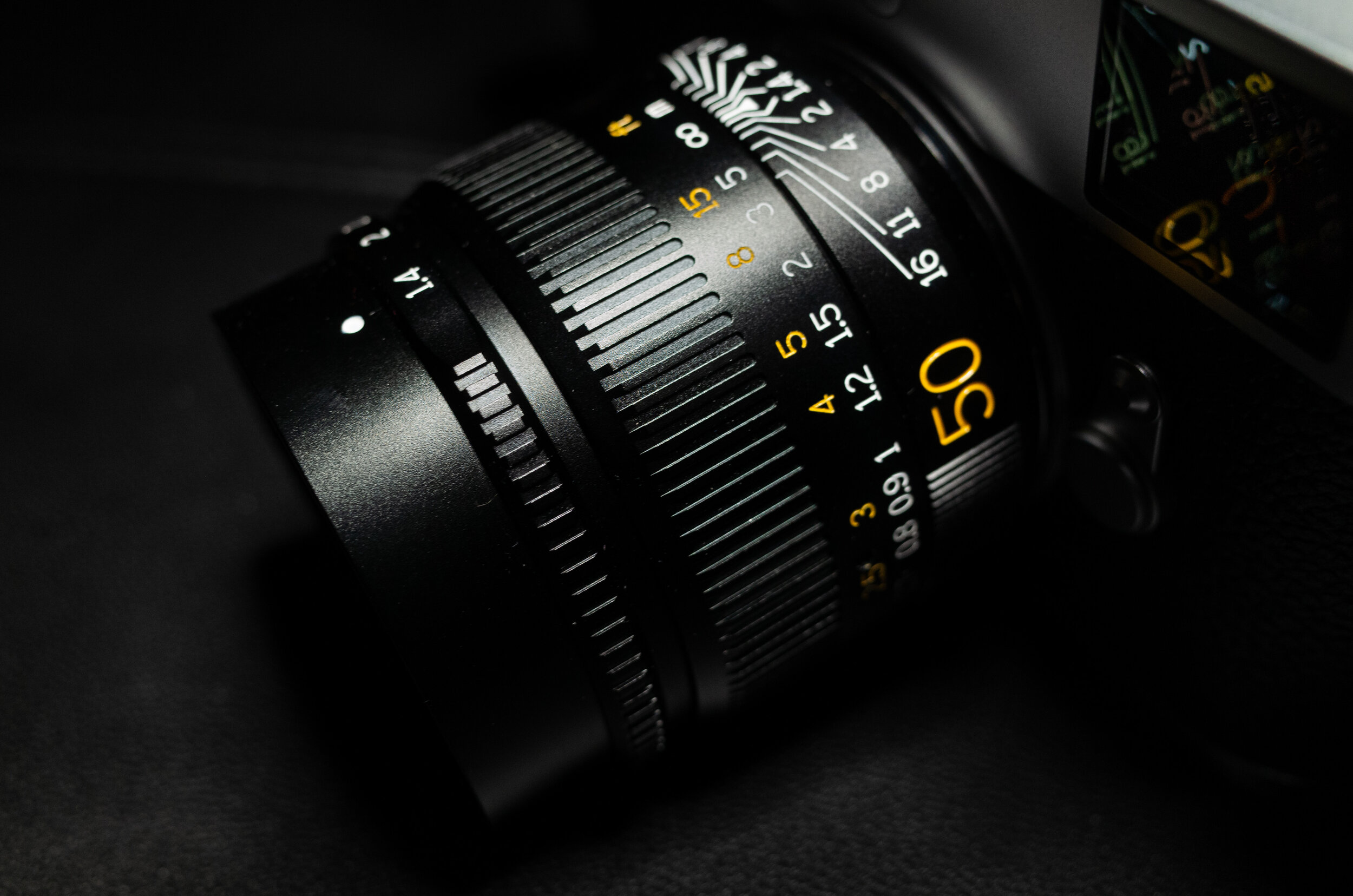

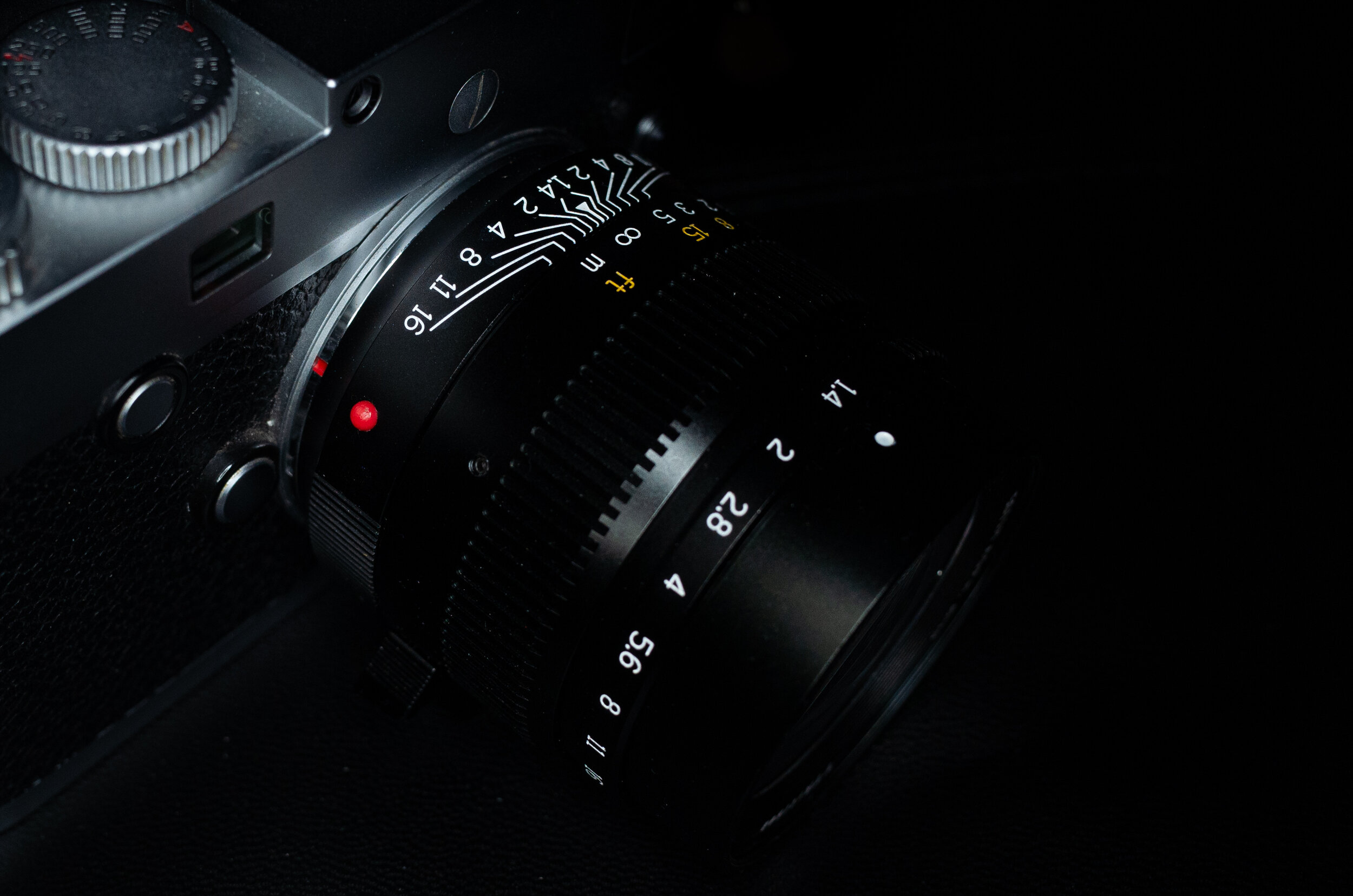
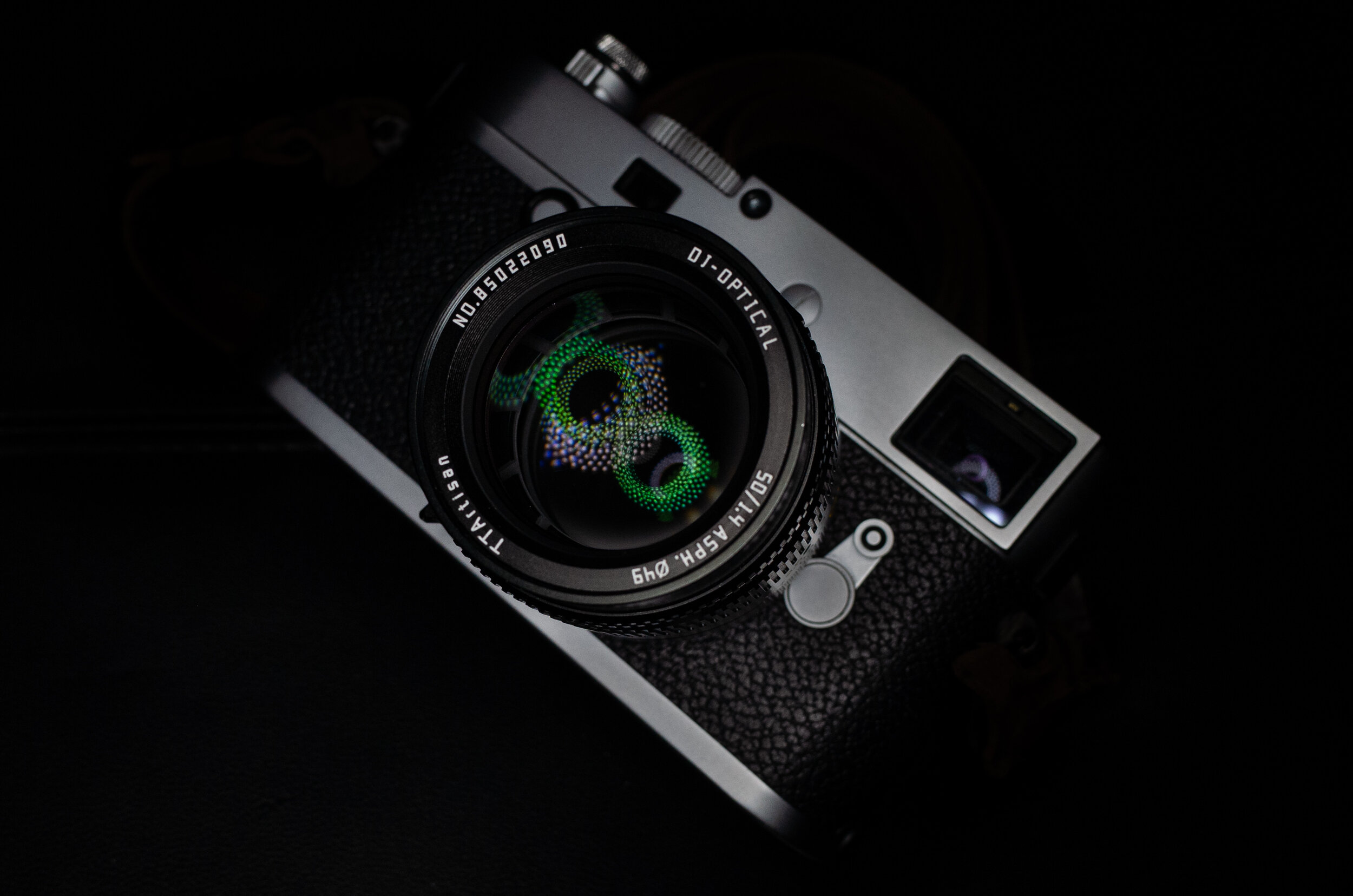
The build quality is really good. For the price? Incredible. Have a look at the lens preview here for a bit more detail, but no issues on build and finish. At all. It’s long and heavy for Leica M mount standards given its specification, weighing 399g and measuring 59mm in length. The Leica Summilux 50mm 1.4 ASPH is 53.5mm long, and it’s not small either. Nor is it light, but at 335g it still weighs 64g less than its Chinese competitor.
The TTArtisan 50mm 1.4 has an aspherical design with 10 elements in 8 groups including an aspherical lens, an abnormal dispersion lens and 8 high refractive index lenses. It looks fairly complex as a design for a rangefinder lens: usually fast 50mm lenses range from 6 to 8 elements. Does this complexity give a better image quality than its price might suggest? It certainly makes it hefty!
The diaphragm has 12 curved blades. The markings on the lens are machined with great precision and filled with paint. Nothing about this lens has a cheap feel. I really like it.
Ergonomics
Is the size and weight going to be a problem? Your mileage may vary: I had no issues lugging it for full days mounted on the camera. I often go shooting with just the camera, lens and spare battery/cards, and feel no issues with the weight. Still, I do prefer lighter and smaller lenses. Here is the viewfinder blockage on my Leica M Typ 240:
The focusing can be done both with tab and with the knurled ring, and I find myself using both: fast movements with the tab, precision with the ring. It’s smooth and perfectly dampened, hardly any scratchy feeling while focusing: it’s getting smoother with use. The aperture ring feels great, better and more positive detents than the 50mm 0.95. Again, no complaints at all here. The only issue is that there is no hood supplied (I can accept that for the price) but none designed for it either, so you just have to go to eBay for a generic one: with £4 you’re set. Filter size is 49mm, just like its 35mm 1.4 sibling.
The TTArtisan lenses, just like the 7Artisans ones before them, all come with a focus calibration flange in the back. Both brands use DJ-Optical to produce their lenses, and the commonalities are evident. What this means is that the quality control in production won’t fine tune each lens for rangefinder calibration, but will leave it to the final buyer to do so with their own camera. There are drawbacks and advantages to this: if you have a film camera it will be quite a bugger! But with a digital camera it can be very easy, like in the case of the TTArtisan 50mm 1.4, or really hard, as it was with the TTArtisan 50mm 0.95. This lens was a doddle. You do it once then forget about it.
I found this lens incredibly easy to focus precisely at 1.4. And when it is spot on it really delivers.
How is the image quality?
Awesome. But it flares. You can stop reading now and go to the conclusions.
If you want a bit more detail read on.
The TTArtisan 50mm 1.4 really delivers when shooting with it. I have hardly found something to complain about. But let’s start from the beginning: from the MTF curves above we already know that the corners won’t win any prizes, but the astigmatism seems contained and the field not too wavy.
This series shows centre sharpness and bokeh changes when stopping down:
The sharpness wide open is really high, and the background is buttery smooth. The resolution improves a little stopping down, but I just see more and more depth of field (DOF). I don’t hesitate to use this lens wide open.
Have a look at this image, again wide open:
All the sample images are raw out of camera, unedited, uncropped and exported directly unless straightened a little if needed or with slight exposure adjustment if too dark, but I will specify that. I didn’t touch this one. I focused on the berries just off centre and reframed. Have a lookout the incredible sharpness of the berries and how this resolution carries along the branch. Quite impressive, don’t you think?
This one moved me when I saw it. But it’s again a great example of the lens capabilities:
Even the snail on the wall is detail rich. I wasn’t expecting so much definition from this lens.
We will look at more sharpness detail in the focus shift test. I would like to show now the lateral chromatic aberration (LaCA) visible in sunlit shots: in my TTArtisan 50mm 0.95 review I was not impressed by that lens in this regard. I think with the TTArtisan 50mm 1.4 they have done a much better job:
This is exactly the same scene I used with the 50mm 0.95. The difference in striking - the 50mm 1.4 fares a lot better. Here is a comparison of the tiles detail from the two lenses, both shot at F8:
The magnification is exactly the same. Notice how the image on the left looks natural and well defined, while the one on the right has magenta and green fringes around the tile edges and the grass looks strange: that is due to pretty severe LaCA. Here is another couple of shots from the 50mm 1.4 where LaCA is eminently absent:
Look in particular at the corner of the building over the cloud, or the edge of the post over the white wall: hardly any fringing. Let’s have a look at a torture test for any lens for LaCA: branches and leaves against a bright sky in the corner of the frame.
A typical branch/leaf series:
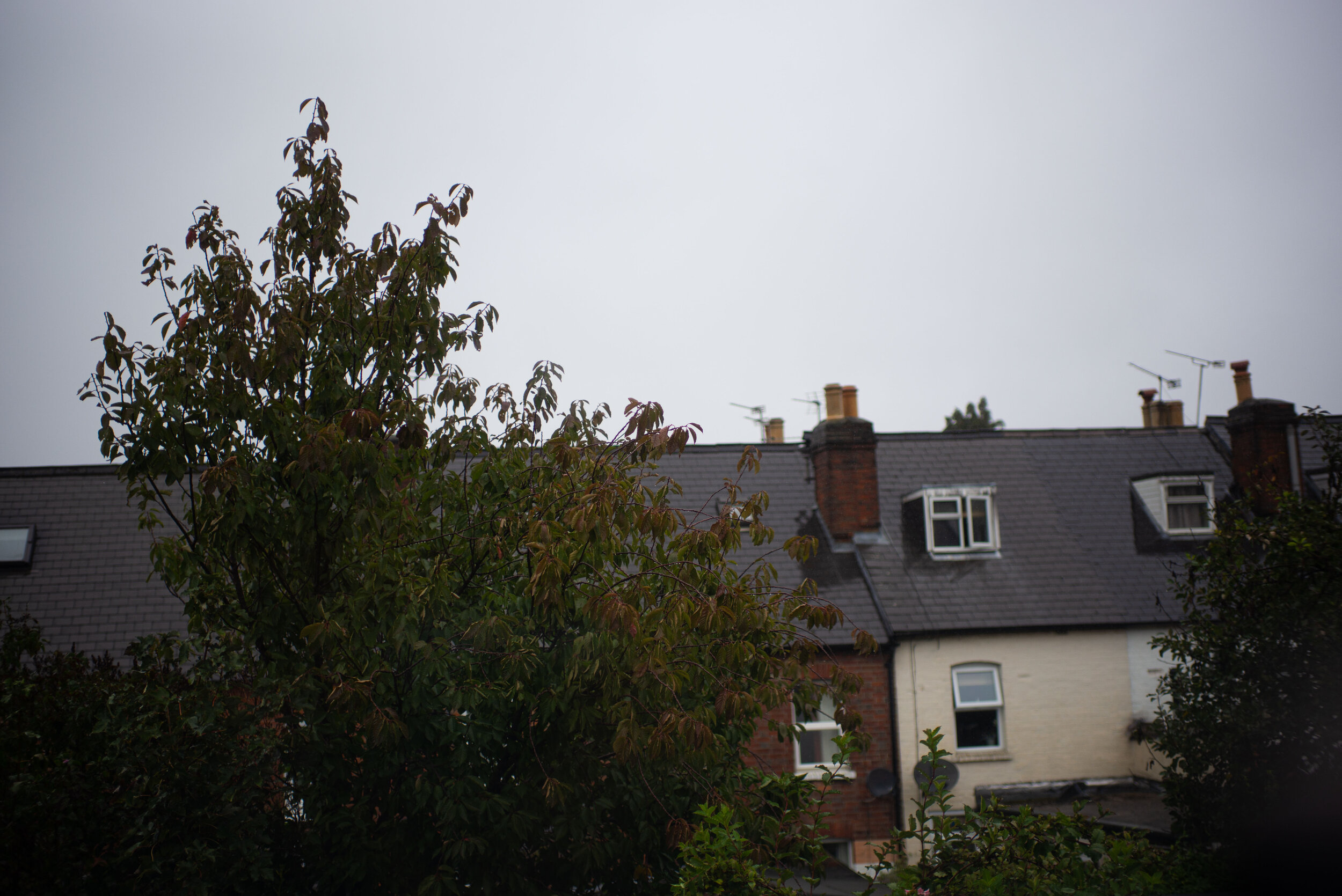
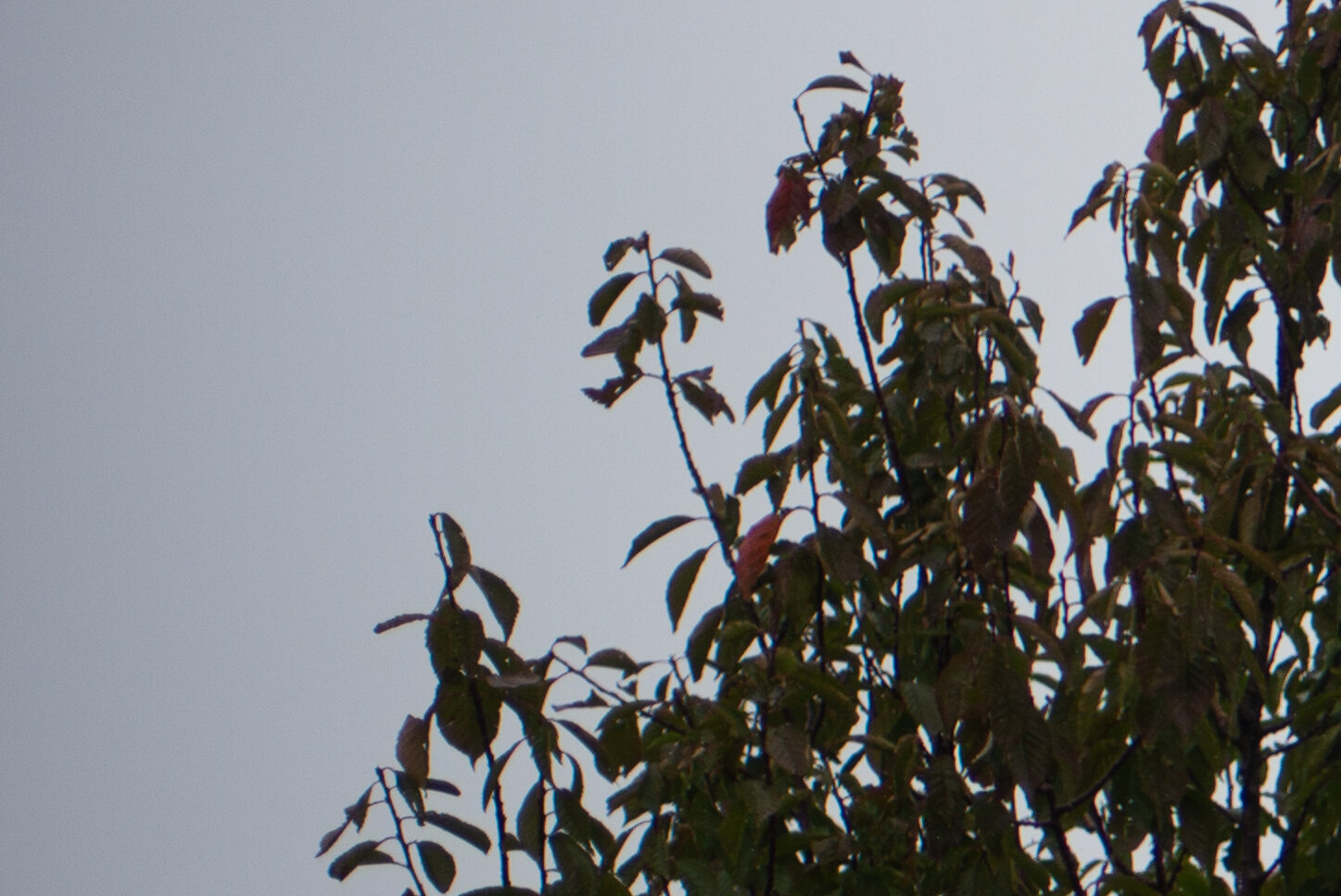
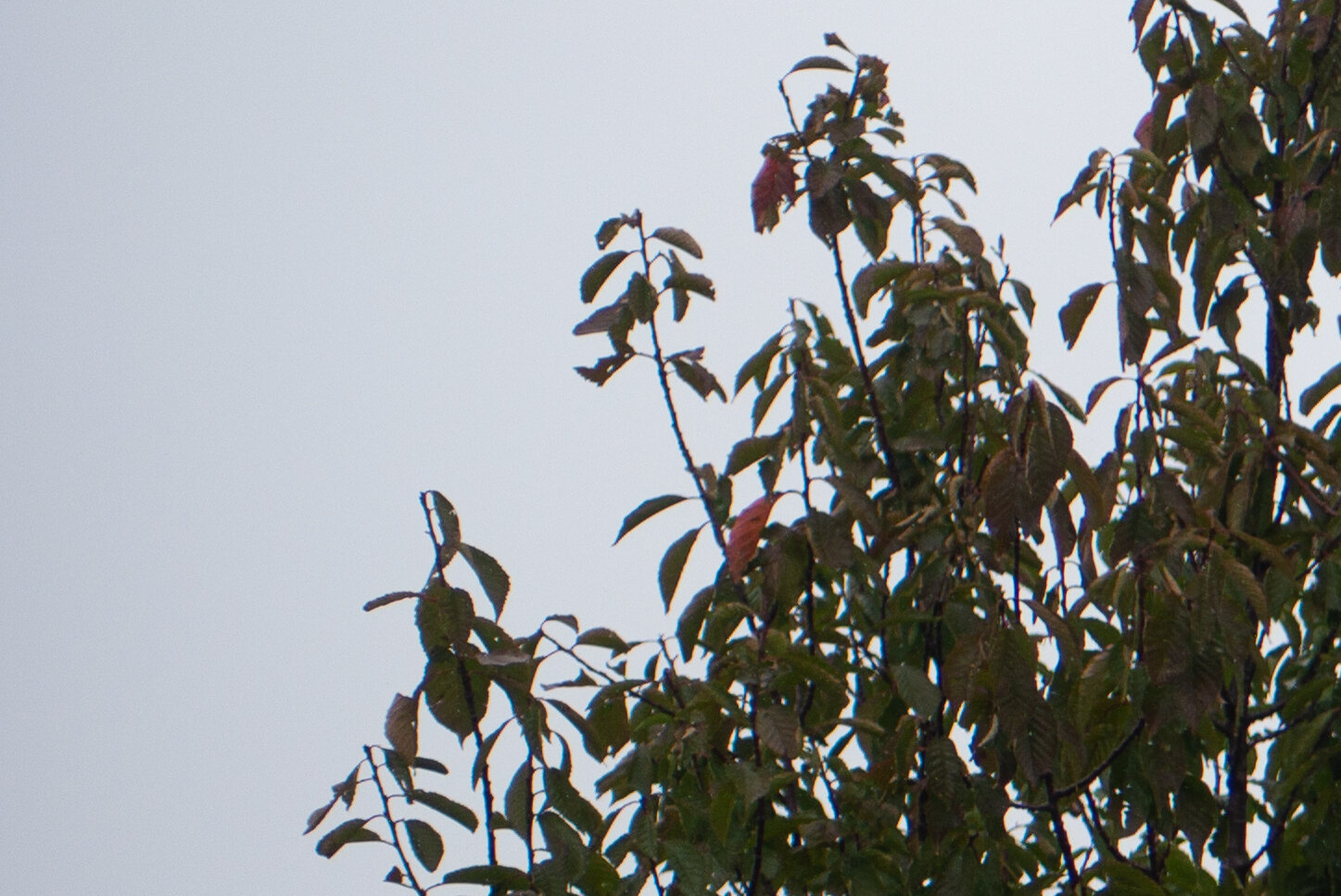
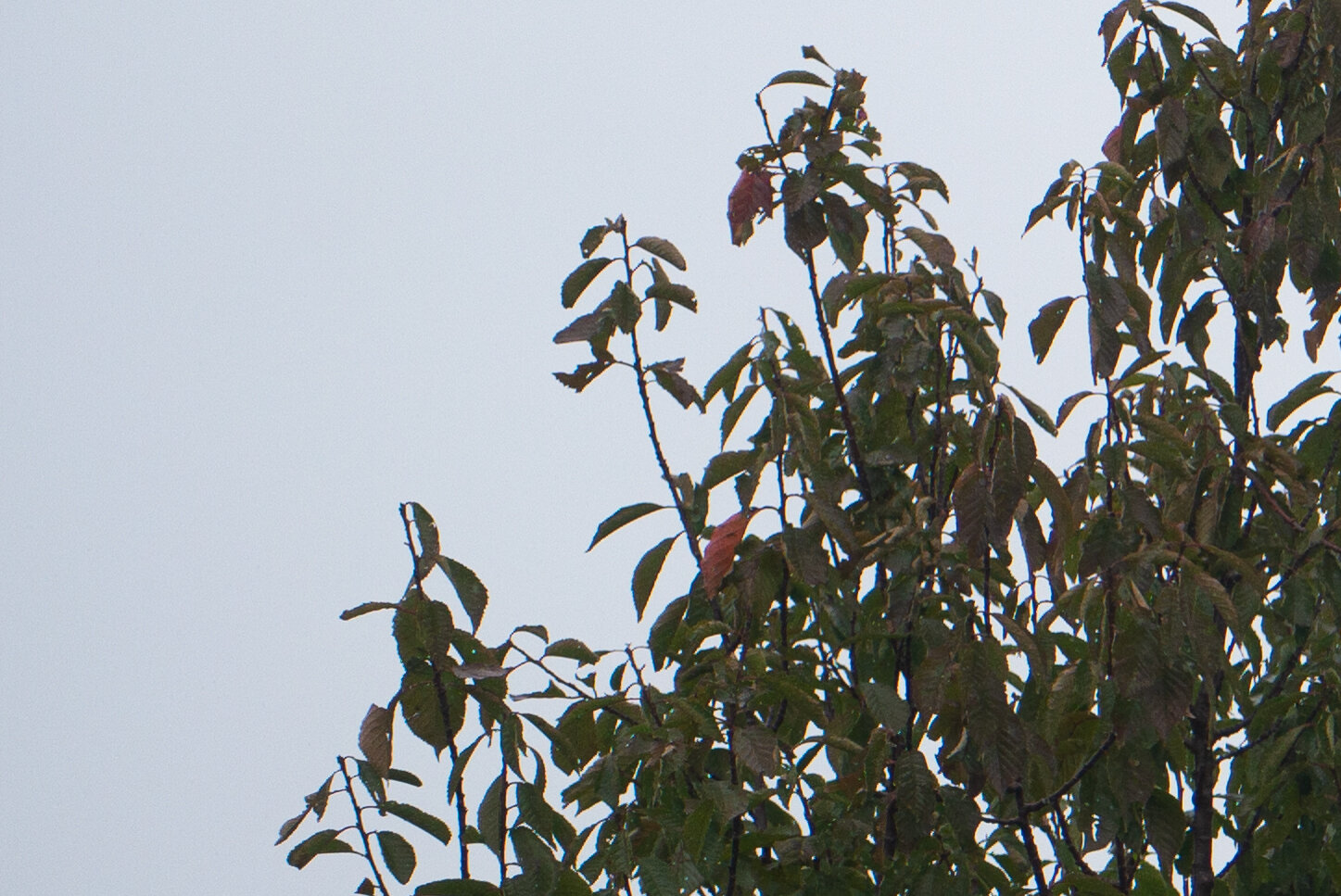
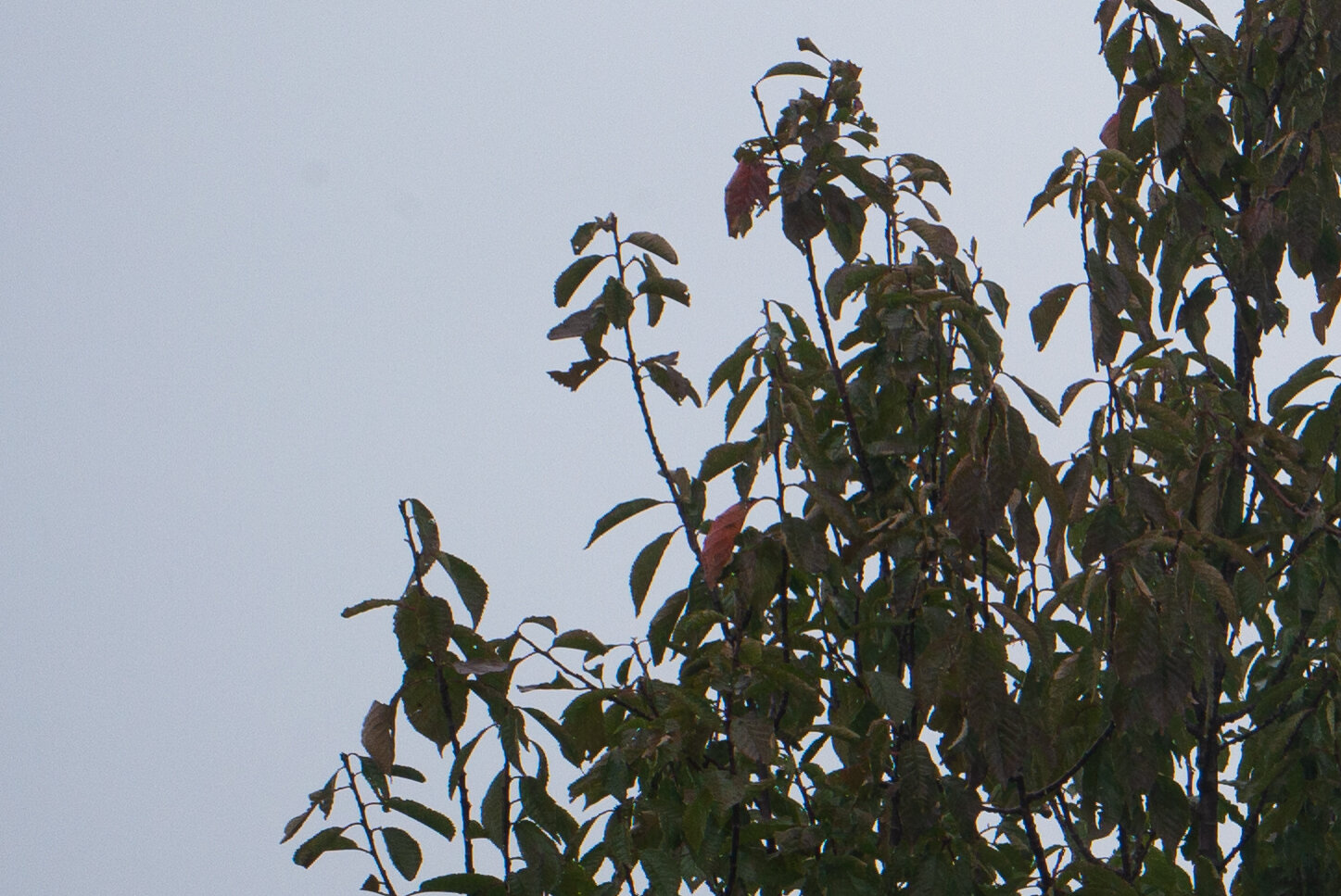
There is a hint of LaCA but almost undetectable, you really have to look hard for it. Which means that for images that are made for viewing, not pixel-peeping, there is virtually no LaCA.
Absolute worst case I found (and you can’t be more evil than that to the lens), 100% crop again:
This is the hardest test for LaCA and it is not bad at all in my opinion. Last couple to show another scenario - I was looking for flare in these shots, but they show the lack of LaCA very well:
Now, before you start asking what the hell is that flare in the wide open shot I will tell you: the TTArtisan 50mm 1.4 flares, especially with the sun off-axis in the frame when wider open. And wide open it goes gaga!
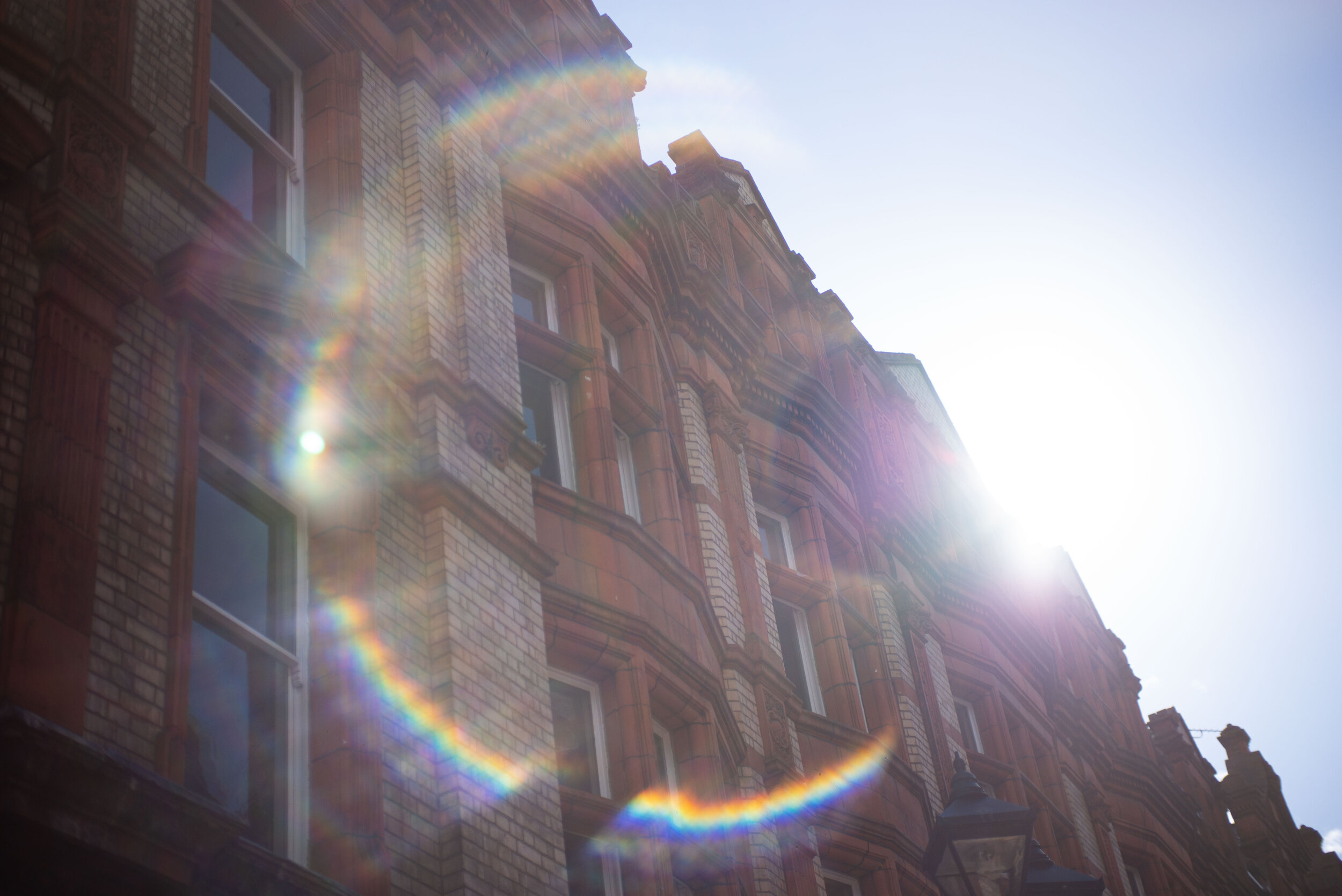
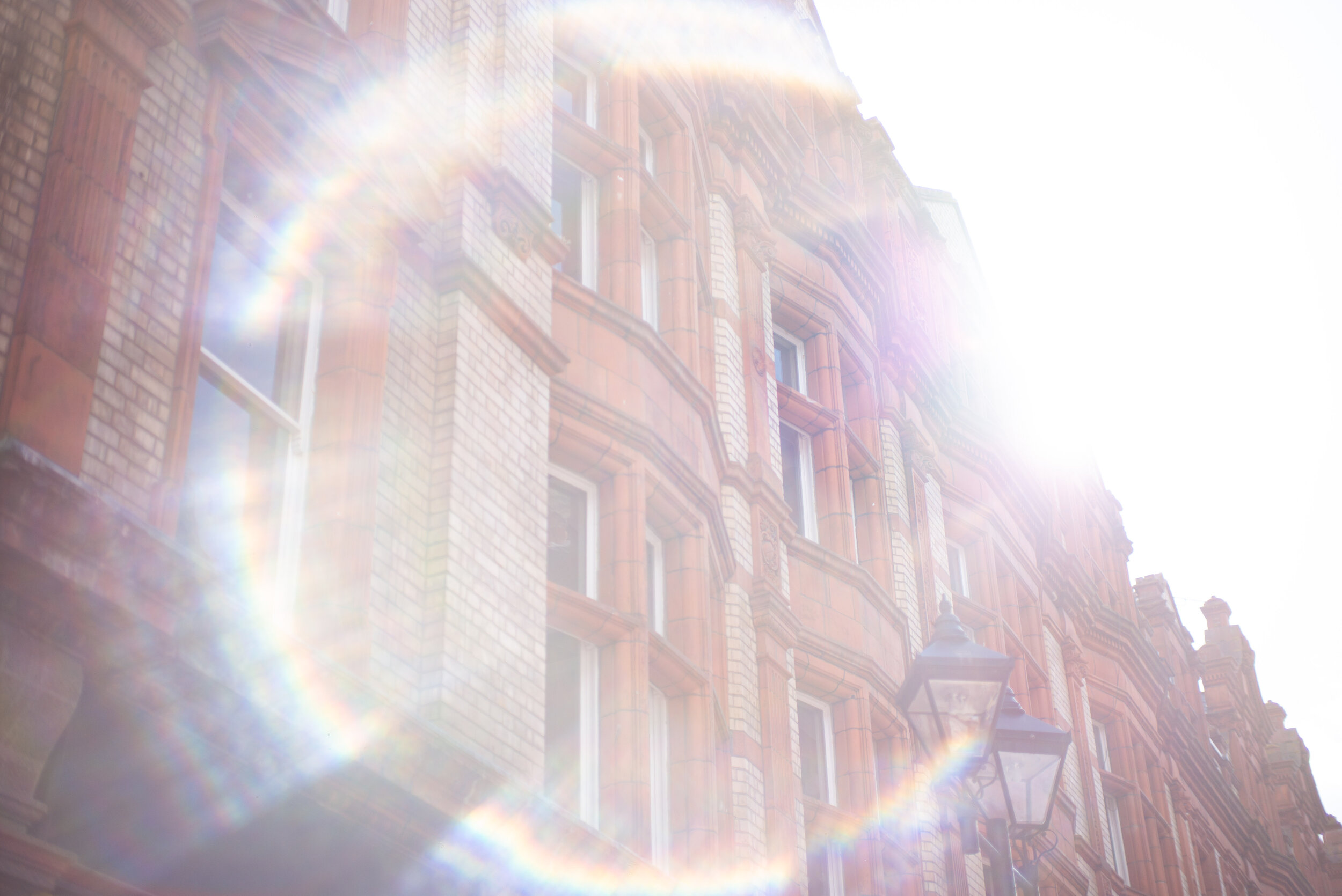
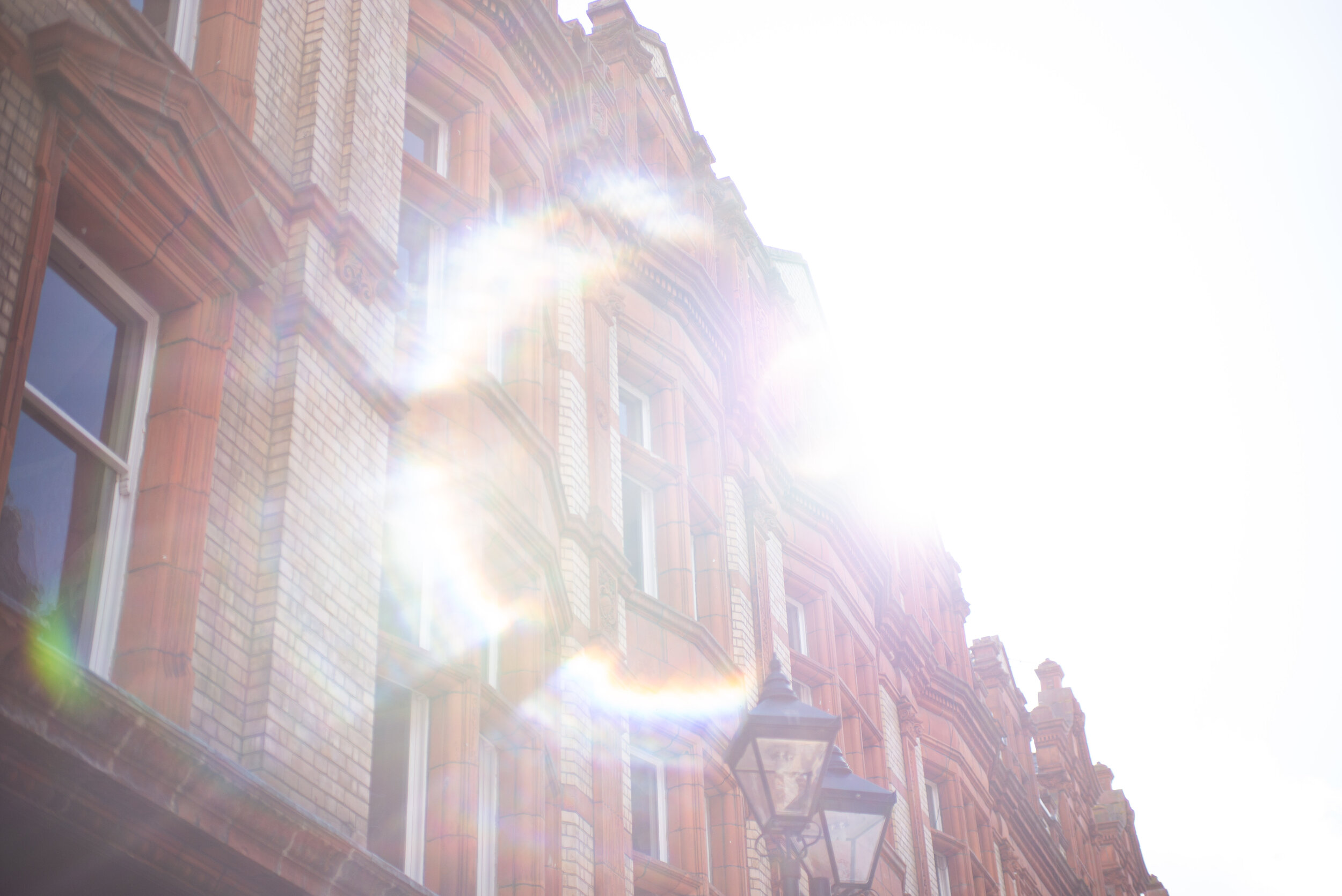
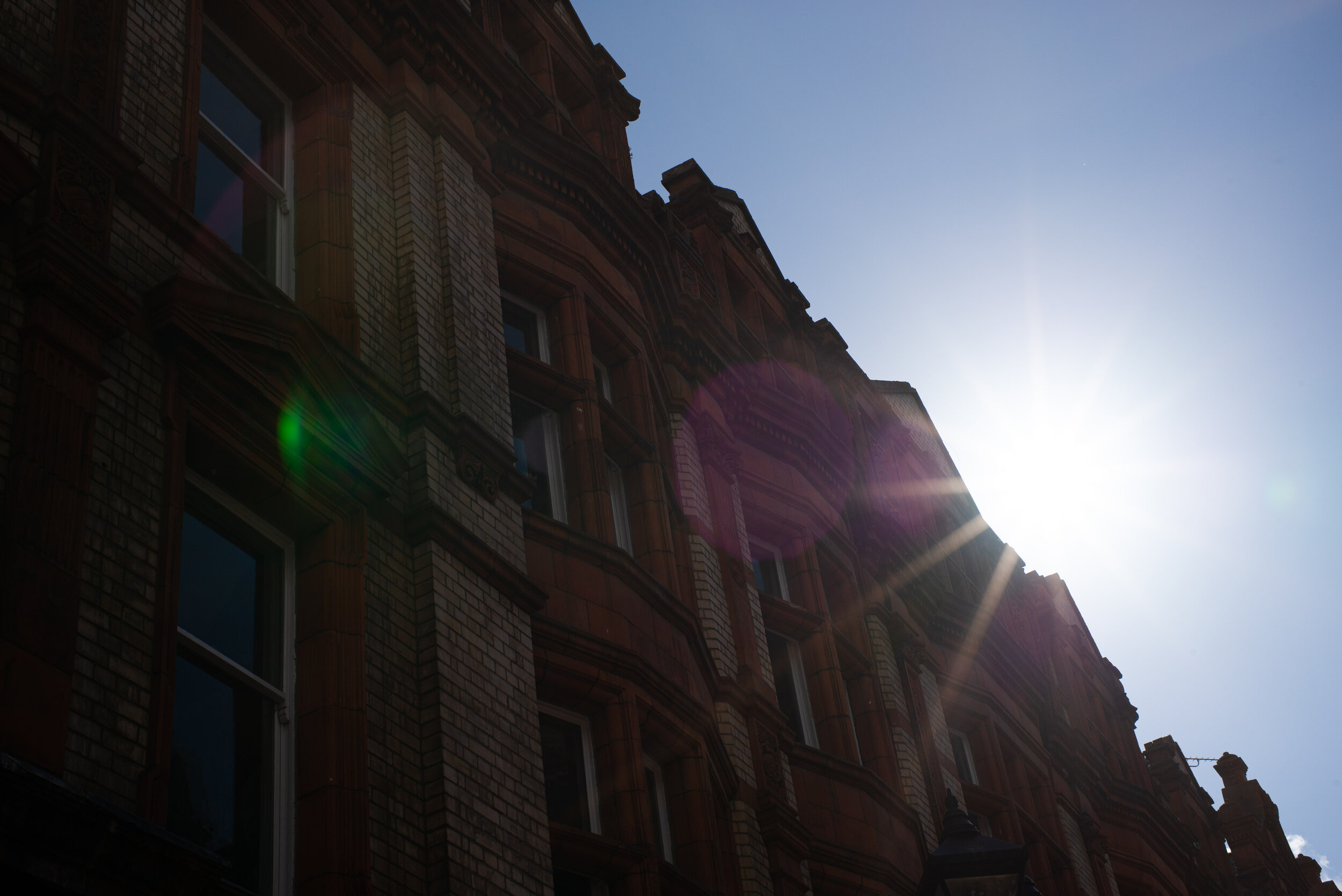
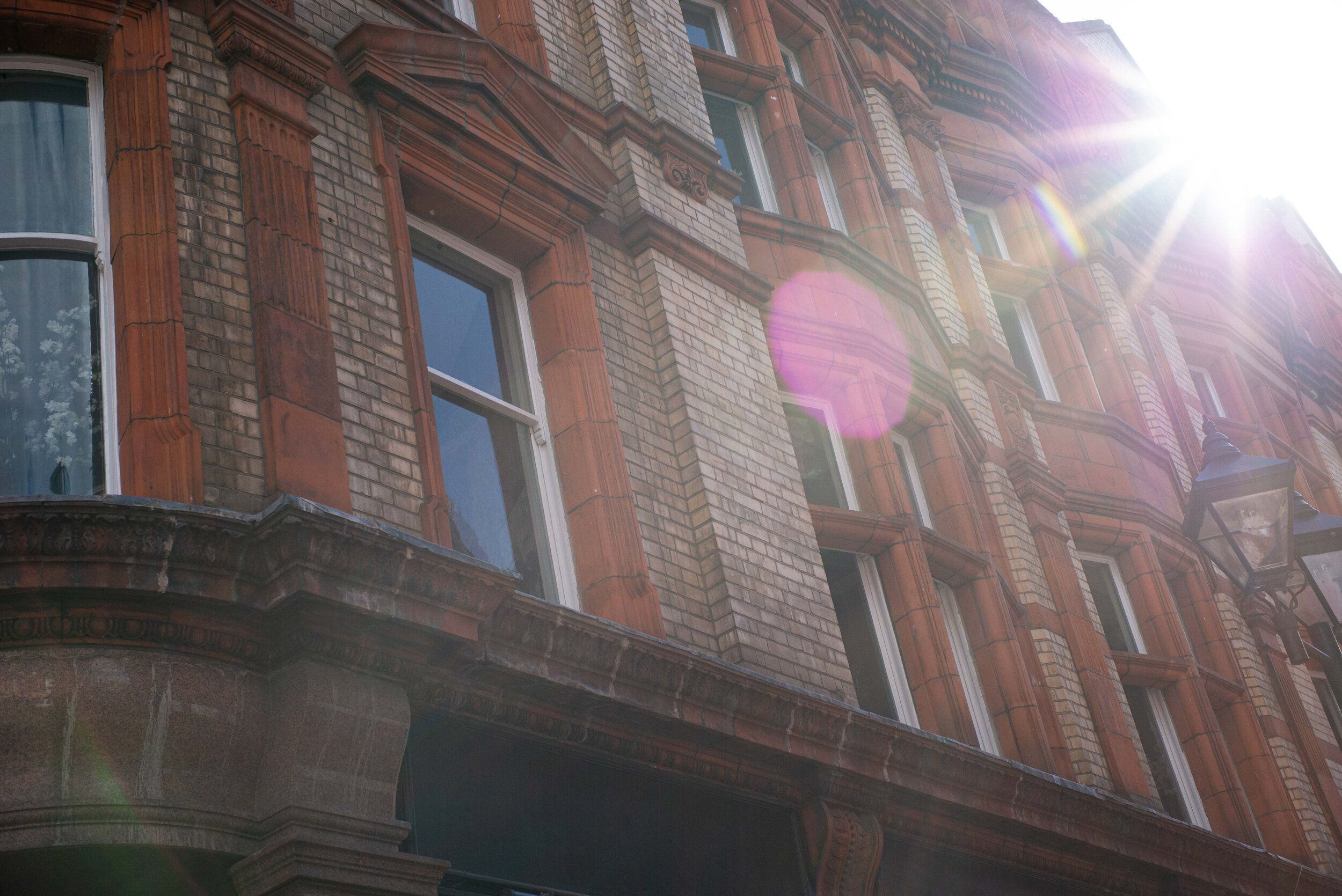
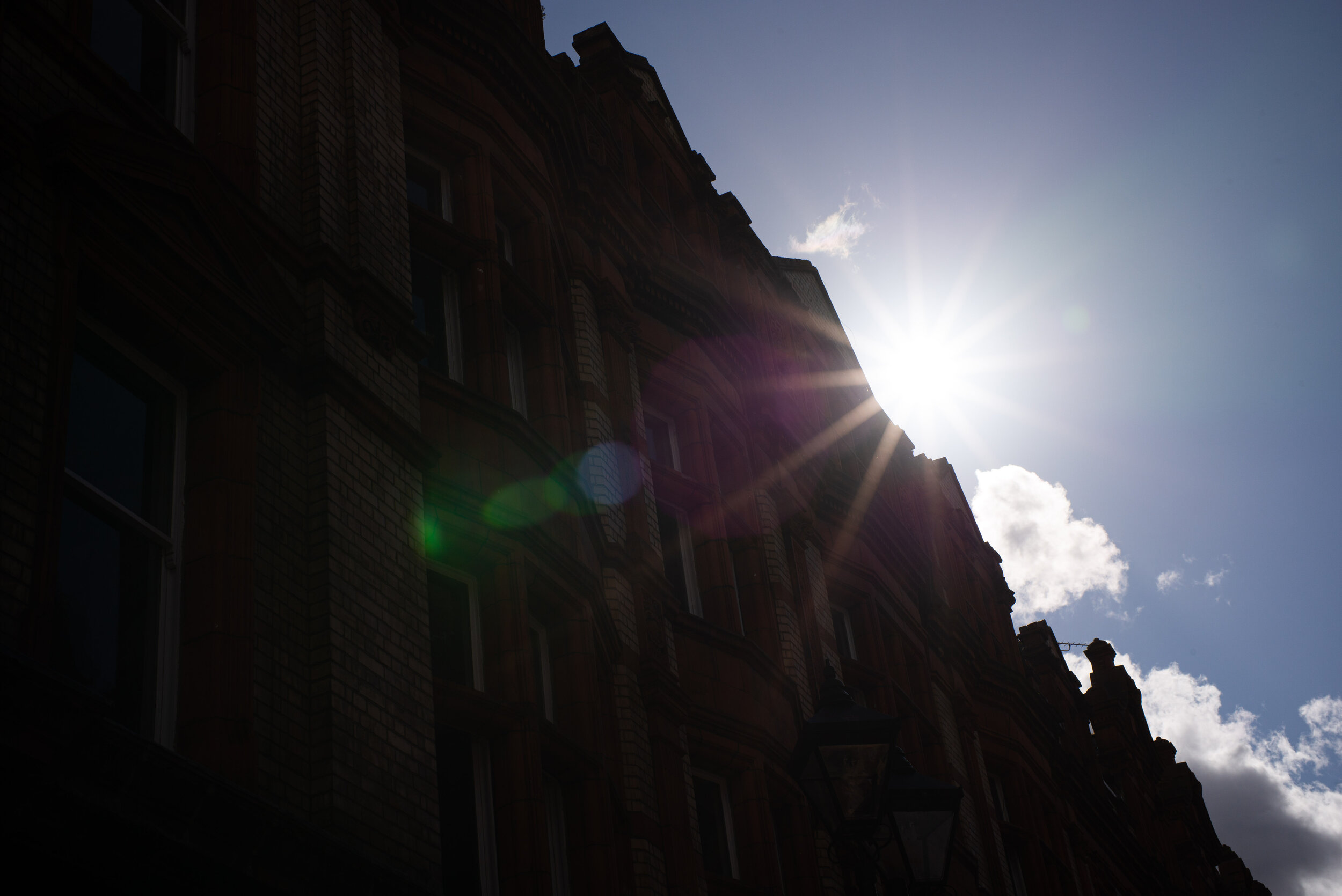
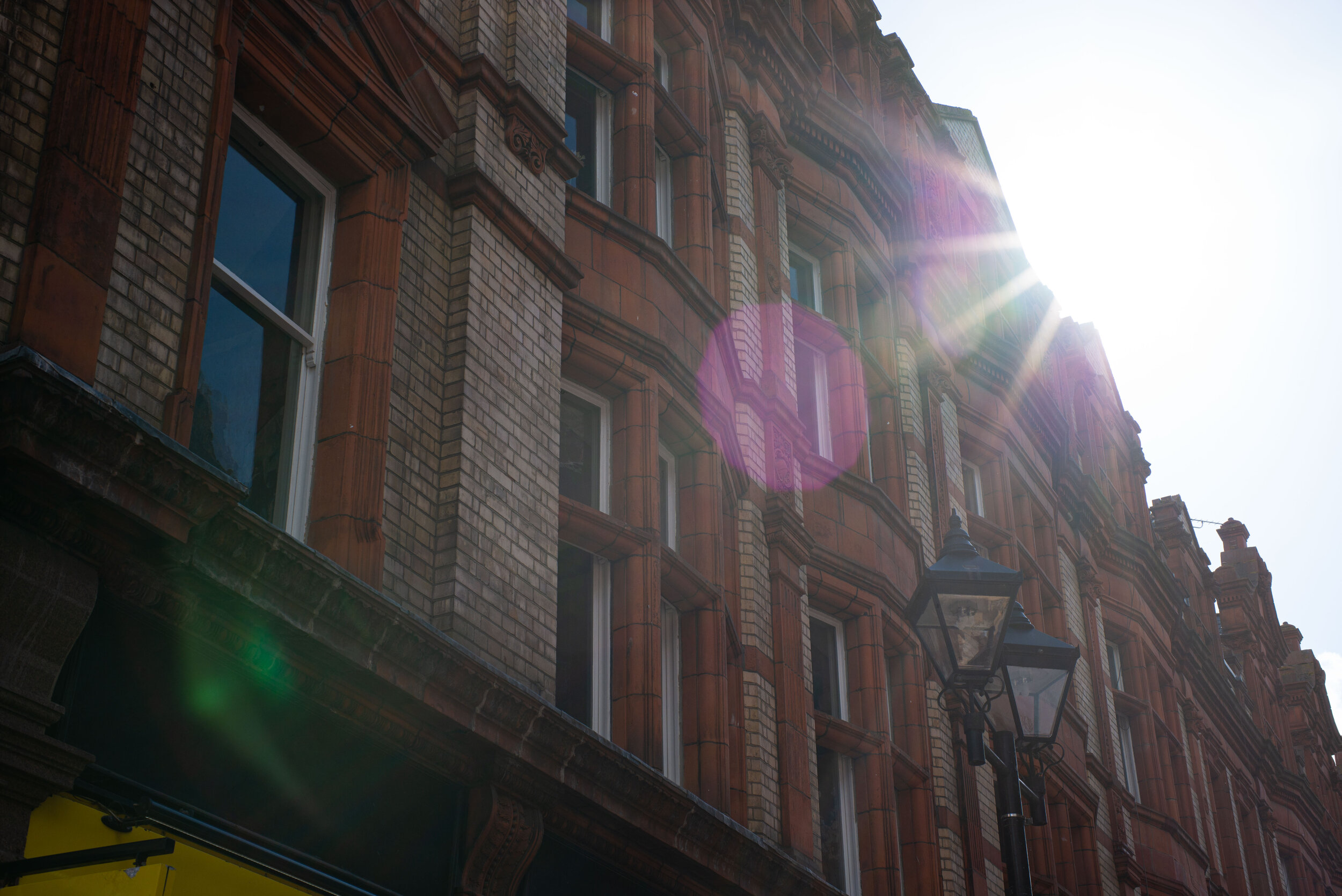
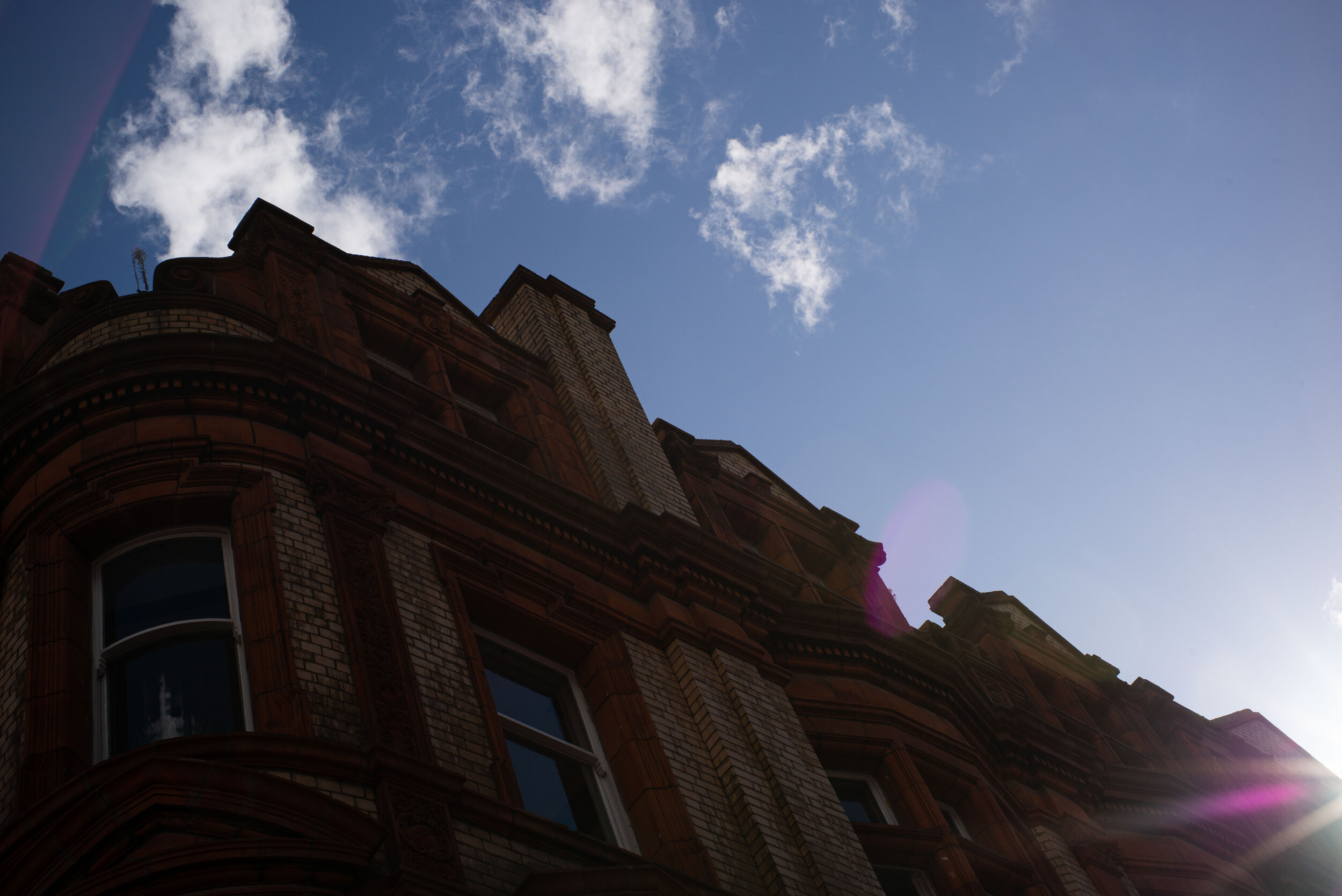
It flares. A lot, especially in the wrong conditions. And wide open is crazy: what is that rainbow coloured intermittent circle?
The diaphragm mechanism rail structure seems to be made of shiny plastic. It will influence the image only when wide open because the light rays get reflected off the edges parallel to the axis of the lens. As soon as you stop down even a single click, like in the second image, the diaphragm will block those reflections: the kaleidoscopic effect will disappear.
Overall, apart from blobs or artefacts, we also have veiling flare. But it really changes according to the angle of the light. In the focus shift test shots below the window in the room is in front and to the right of the lens: it seems to hardly cause any issues, where while doing the same test with my Zeiss Biogon T* 35mm F2 ZM and the TTArtisan 35mm 1.4, minutes after the TTArtisan 50mm 1.4, both the 35mm lenses needed a hood because of a strong veiling flare.
In everyday use I have hardly found any issue with flare though, and I never use a lens hood unless it rains. Of course if you are wanting to shoot in the sun at wider apertures this is not the first choice of lens.
Does it focus shift?
Hardly! It really puts on a good show in the focus shift department!
Here is the setup frame:
Now the crops at different apertures:
I have noticed that the F5.6 and F8 series have a bit less contrast: it was a variable weather day and I think the sun came out when I shot those, so I assume that might be a hint of veiling flare from my window.
Looking at the centre crops the resolution is already high in the plane of focus: even the half-millimetre lines on the right side of the target are clearly defined. At F2 there is a small amount of focus shift, but the target is still in the DOF and the half-millimetre lines still defined. At F2.8 the plane of focus hasn’t moved back anymore, and after that there is no point looking anymore: fantastic performance in my book!
Mid-frame: wide open there is a slight blurring due to spherical aberration on the writing which disappears at F2. From there it just gets perfectly defined. Nothing more to say I believe.
Corners: there is a definite drop in resolution in the wide open shot, but it improves at F2 and at F2.8 the definition is there again with the half-millimetre lines clearly defined. At F8 there is even a hint of moire in the same lines! And looking at the corners, the field curvature seems almost absent: the target is always in the focus plane.
Here is the field curvature, minimum focusing distance and wide open:
It seems almost flat, a slight hint of curving away from the camera on the sides but minimal.
Lastly, longitudinal chromatic aberration (LoCA), or spherochromatism, is definitely visible in these shots. I haven’t seen it in my real world use, but it is there. Many fast lenses have it, and this performance is about average I would say.
Again, I have to say that I am thoroughly impressed. This performance is spectacular for the price. Actually, scrap the price caveat: this lens is really, really good in the resolution and focus shift departments. And that drop in the corners from the MTF curves? Where has it gone? I guess it’s just the last millimetres of the frame in the far corners that are less defined, but I haven’t seen that.
The bokeh! The bokeh!
Obviously we can’t talk about a fast 50mm prime lens without mentioning the quality of the bokeh, and the TTArtisan 50mm 1.4 produces a pretty good bokeh in my opinion.
Unfortunately in the picture above I didn’t catch my lovely wife Daniela’s pupil exactly, but it shows what we can expect from a portrait. I will add another portrait, that I also included in the lens preview, of a nice lady that let me take her portrait on the street:
Both images are straight out of camera, unedited (although Daniela’s needs an edit: the white balance is off), the lady in red has been slightly cropped on the left side. That background melts away in both cases, and behind Daniela there was a fan with a shiny steel wire cage that was maybe 1m away from her: it doesn’t really intrude.
But let’s look into a few peculiarities of the bokeh from the TTArtisan 50mm 1.4. First, a couple of series with different focus distances to show how the bokeh character changes:
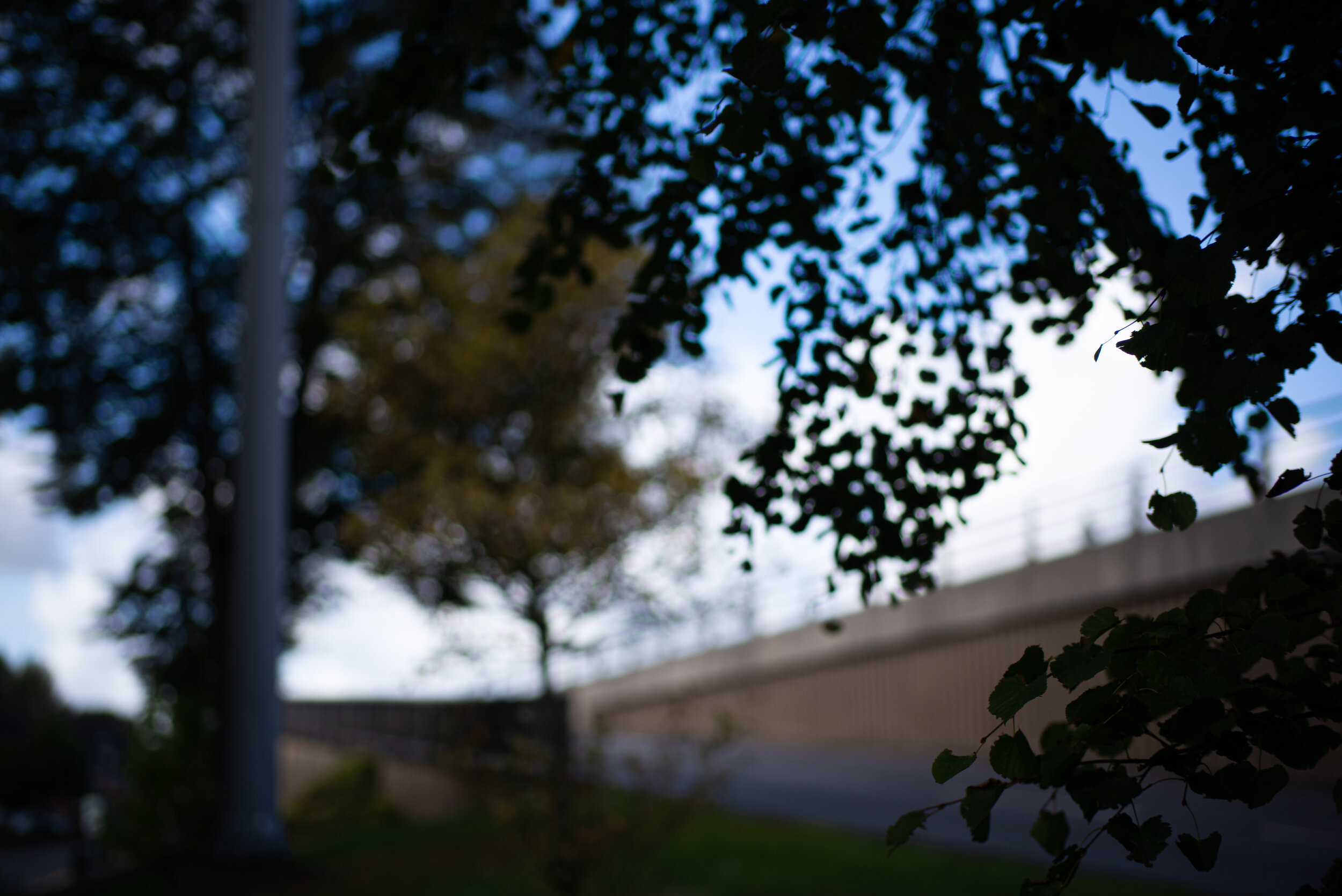
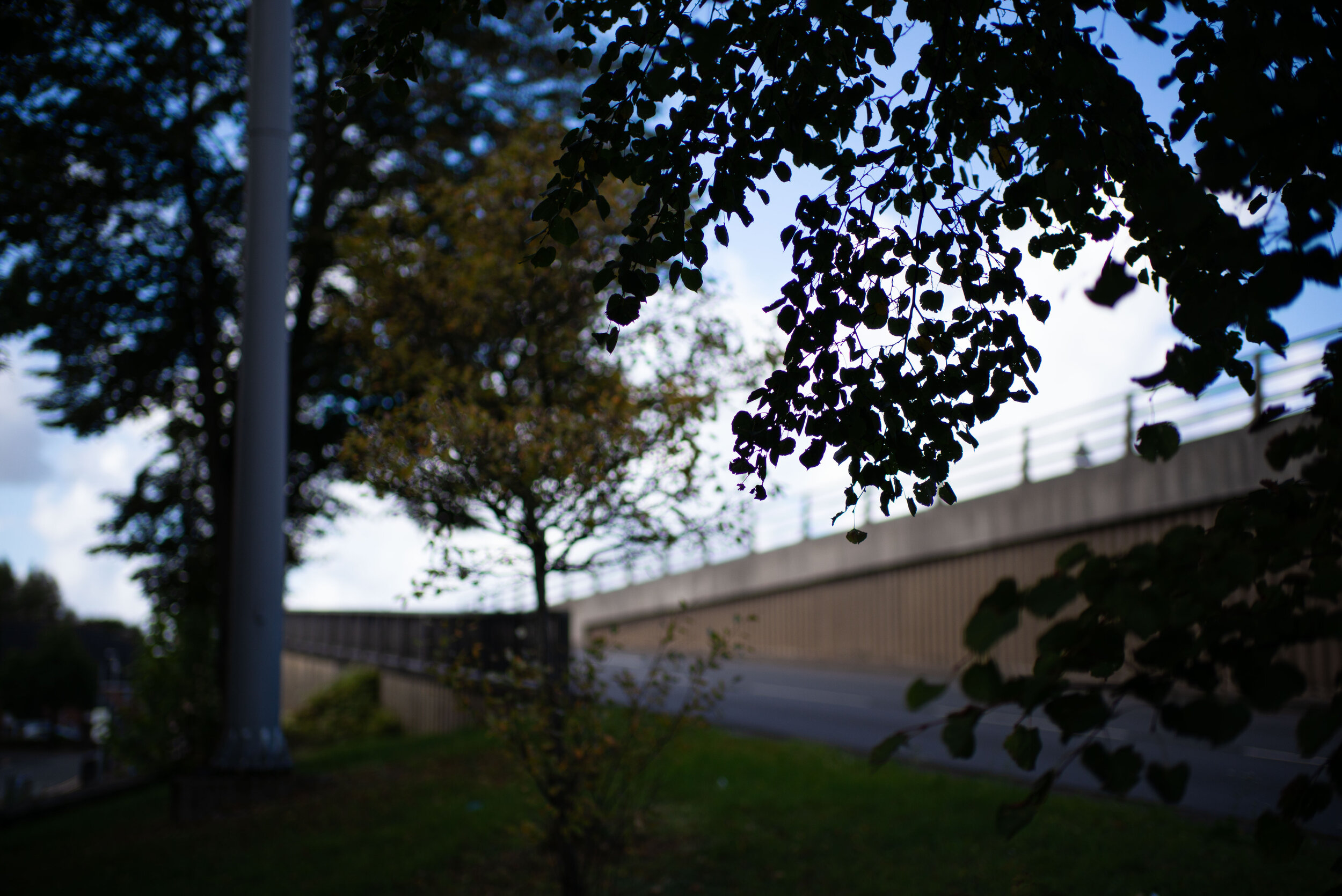
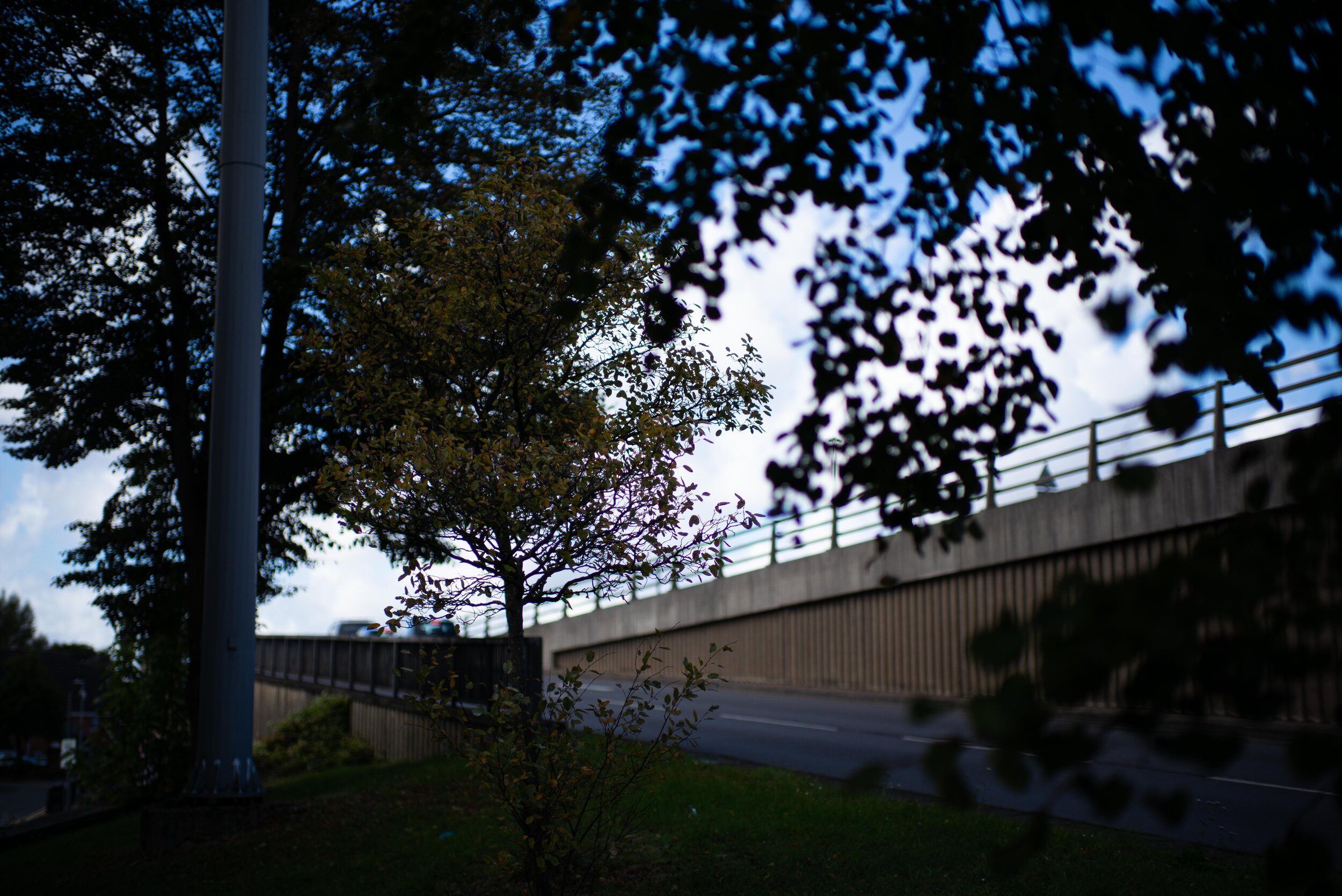
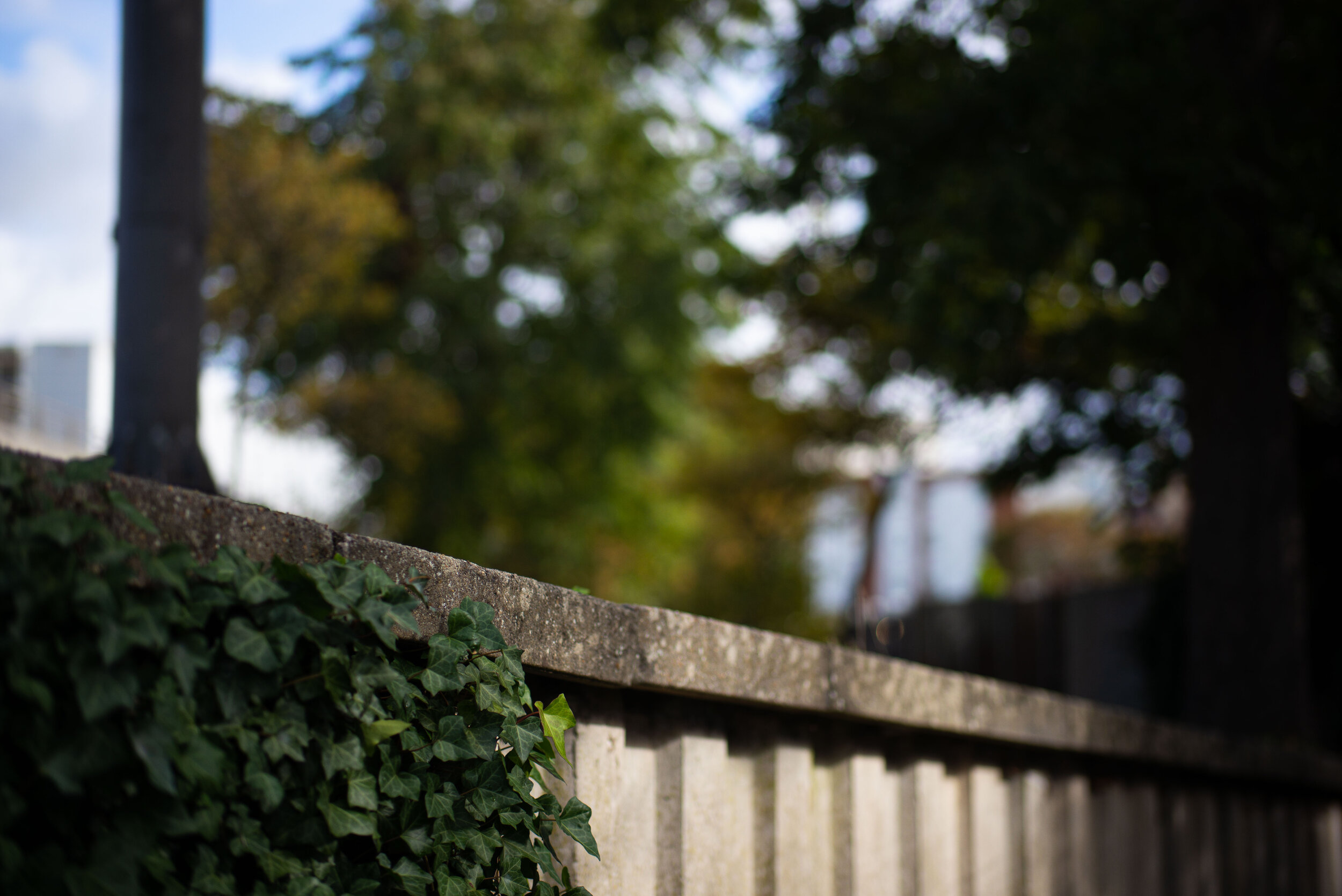
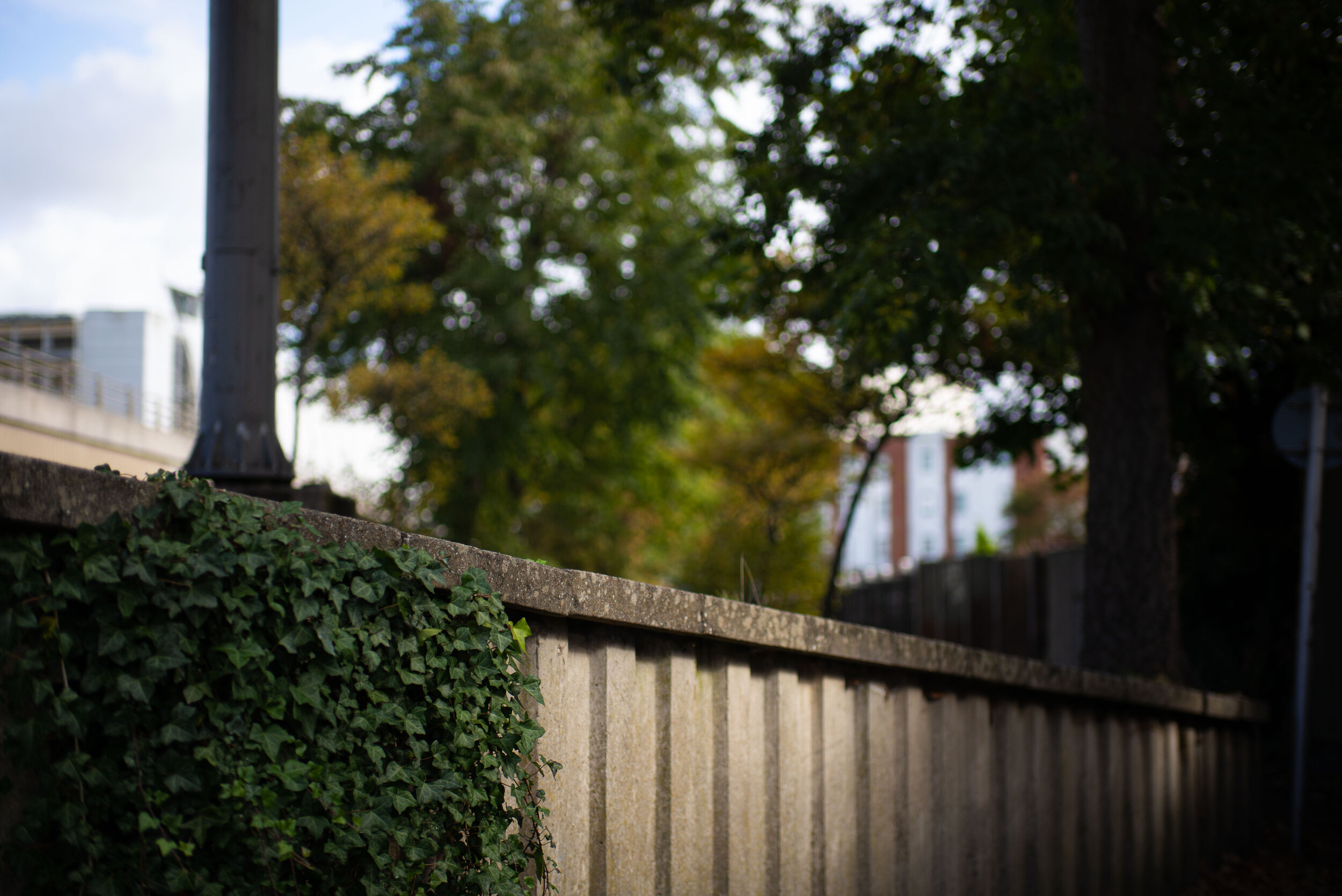
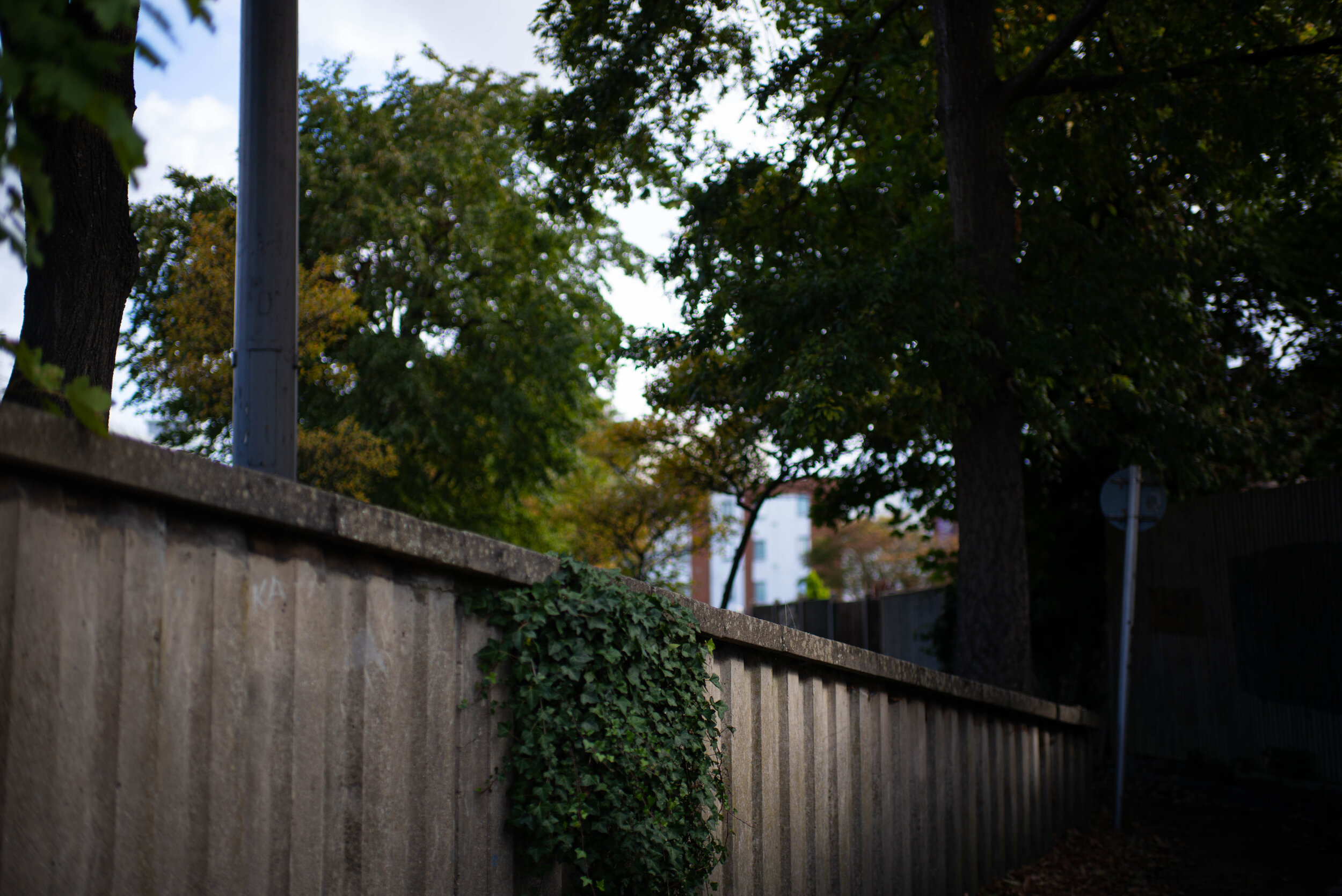
In the first series I stayed in the same place and just focused on different points, at further distances. In the second series I walked away from the focus point, so the background distance changed as well. I have purposefully chosen the worst backgrounds possible for the defocused areas, to really highlight any issues.
Close focus yields a sweet bokeh in my opinion. Nice and smooth. The further away the focus, the more nervous the bokeh becomes, but never to obnoxious levels. The highlights in the branches show spherochromatism in this case, with greener outlining and magenta centre, but you really have to magnify to 100% to see that. In the second shot above you can now see LaCA in the branches and LoCA in the foreground (magenta) and background (green). It doesn’t get much worse than this scene if you really want to torture any lens. And why would you even shoot that wide open if not for test purposes only? I can’t fathom any reason for that. Maybe a model between branches? But backlit?
Another aspect of the bokeh is its quality in the highlights. This is an aspherical lens and, as most other aspherical lenses do, it shows onion ring bokeh balls:
There are a few things to comment on here: the onion rings are there and we will look at them more closely. But have you noticed that light spill on the sides of the bokeh balls? Here are a few crops:
I find that light spill peculiar. I haven’t seen it before personally (at least not as pronounced) and I’m not sure of its cause. That shiny plastic from the diaphragm rails again? But it shouldn’t be uniform like in the first crop on the left. If anybody has an explanation please chime in! It seems to affect the very bright highlights, much less the more subdued ones. Another few examples:
The point is: does it affect the final image? Not in the least in my opinion. Unless you are a bokeh fetishist and don’t care about the subject, just the background. I still find the overall bokeh beautiful.
One thing I noticed: the bokeh balls certainly don’t have a lighter edge. Actually, their edge is hardly defined! See here:
My thoughts? Great bokeh character.
What about at smaller apertures? Here is a series at different F stops:
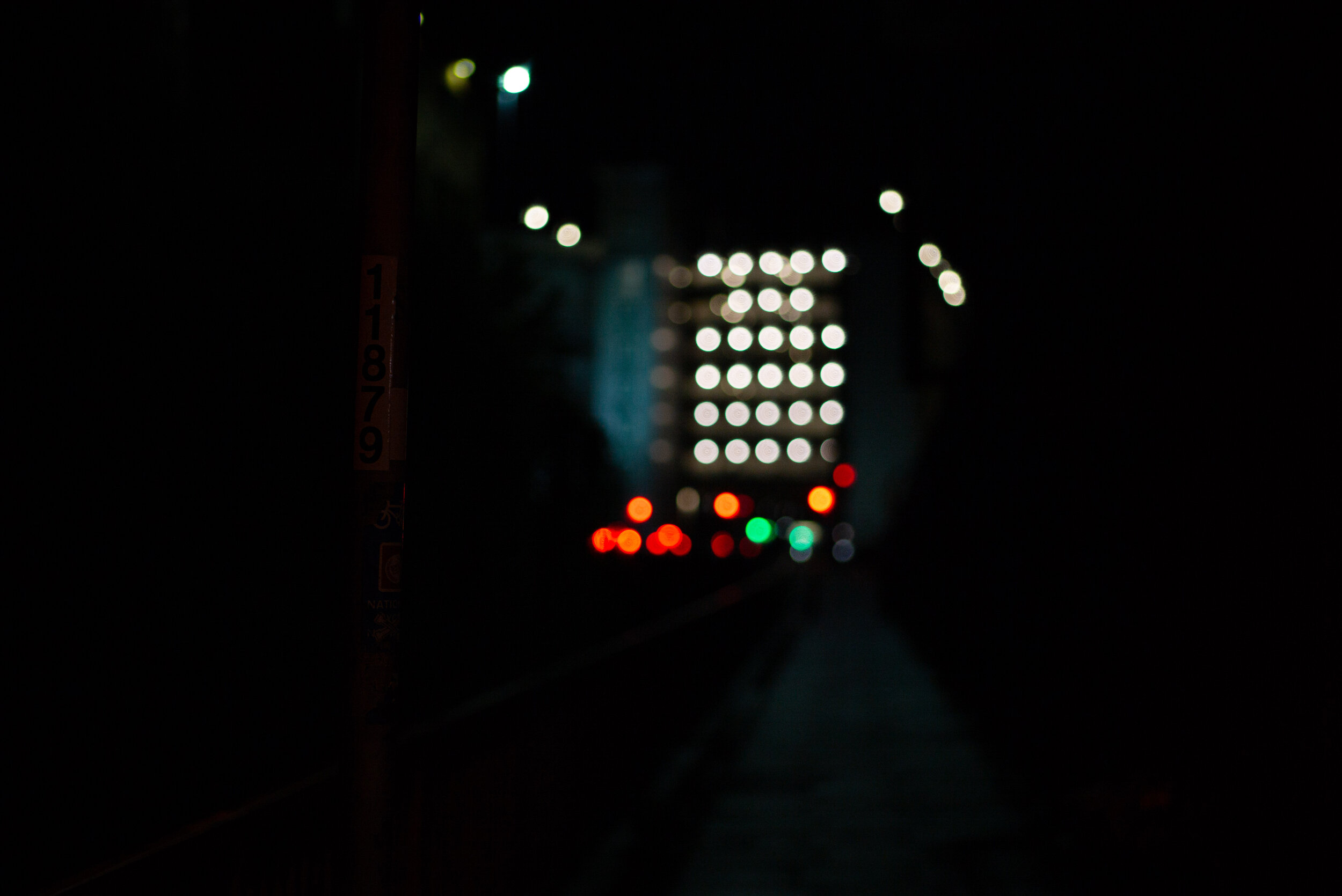
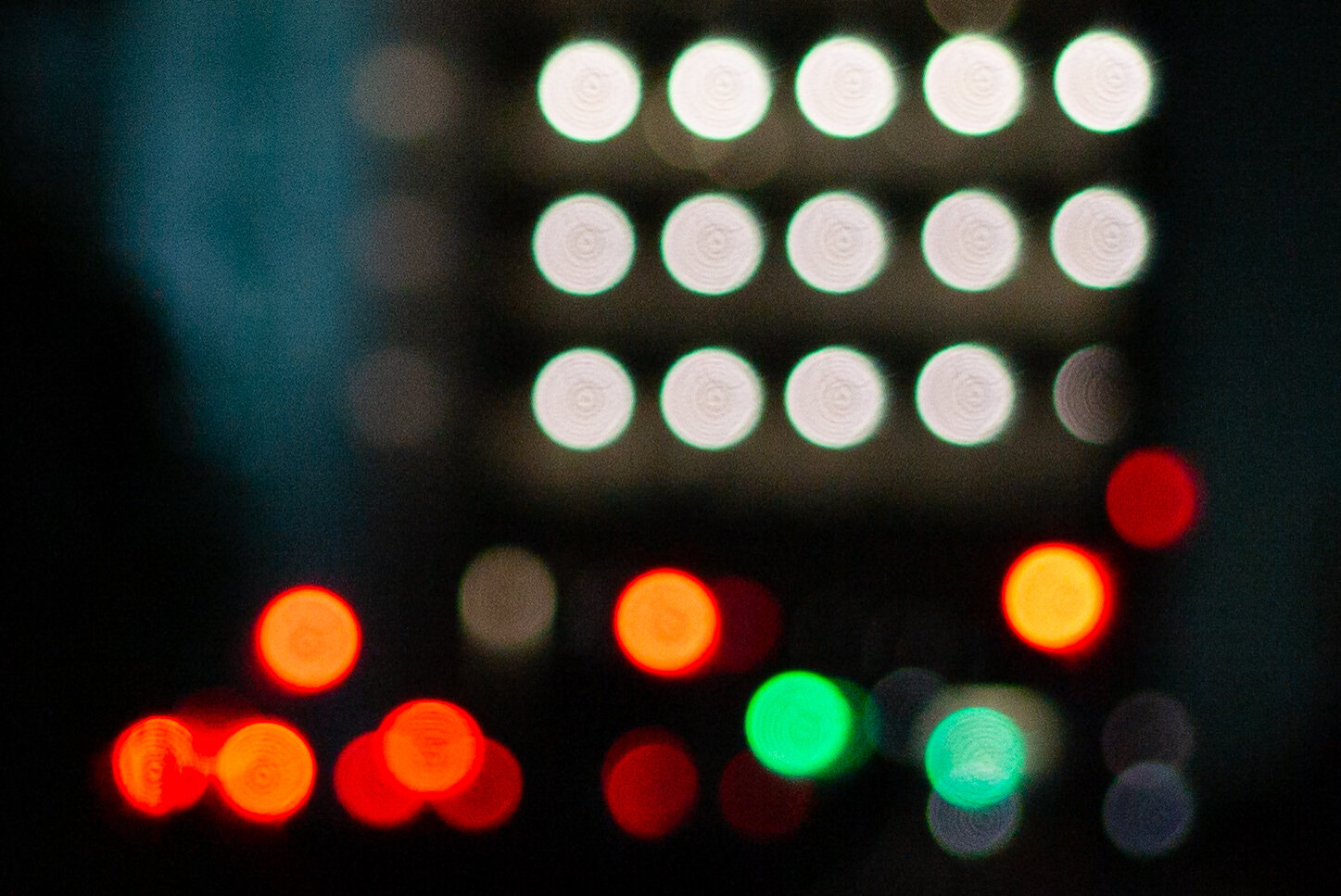
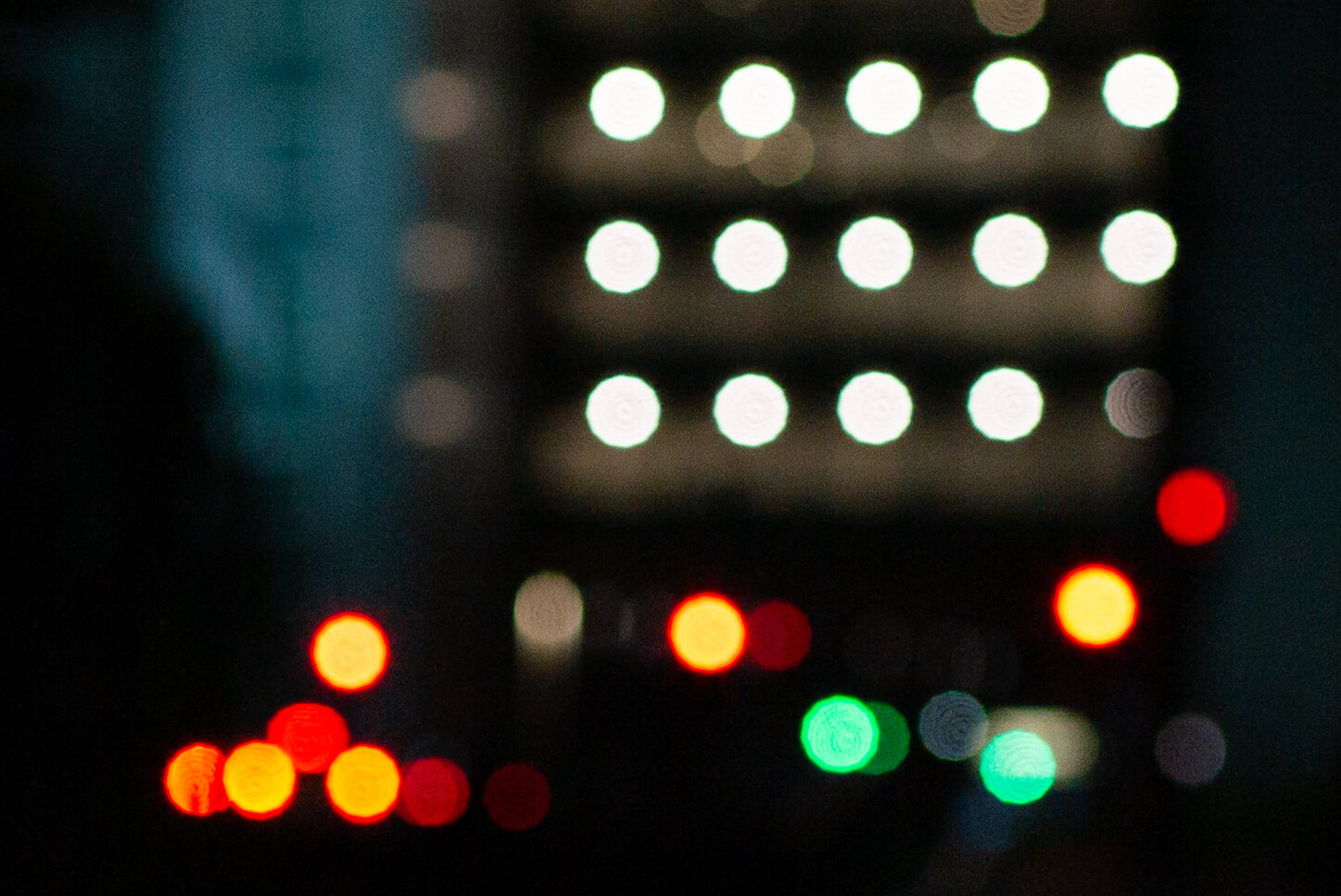

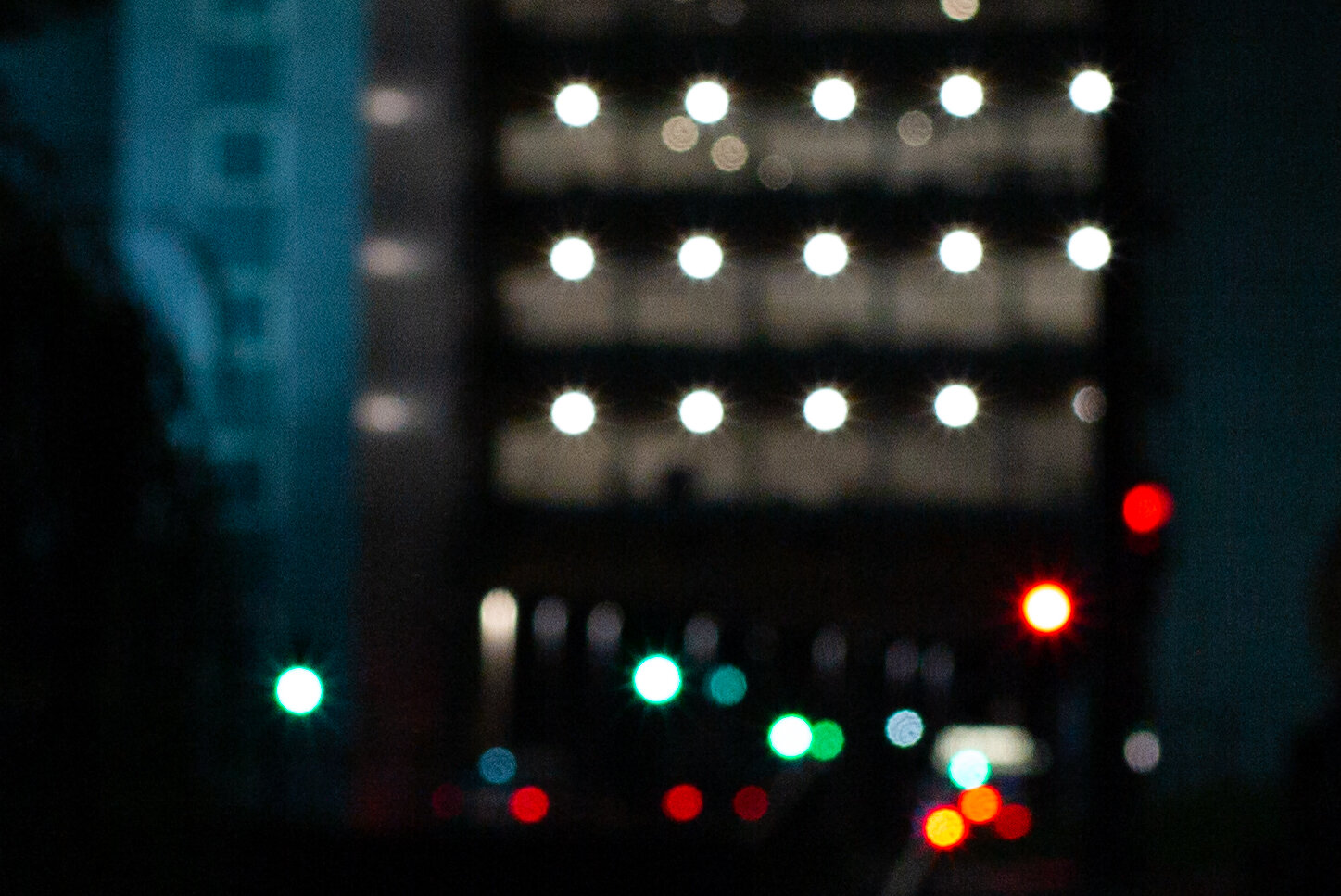
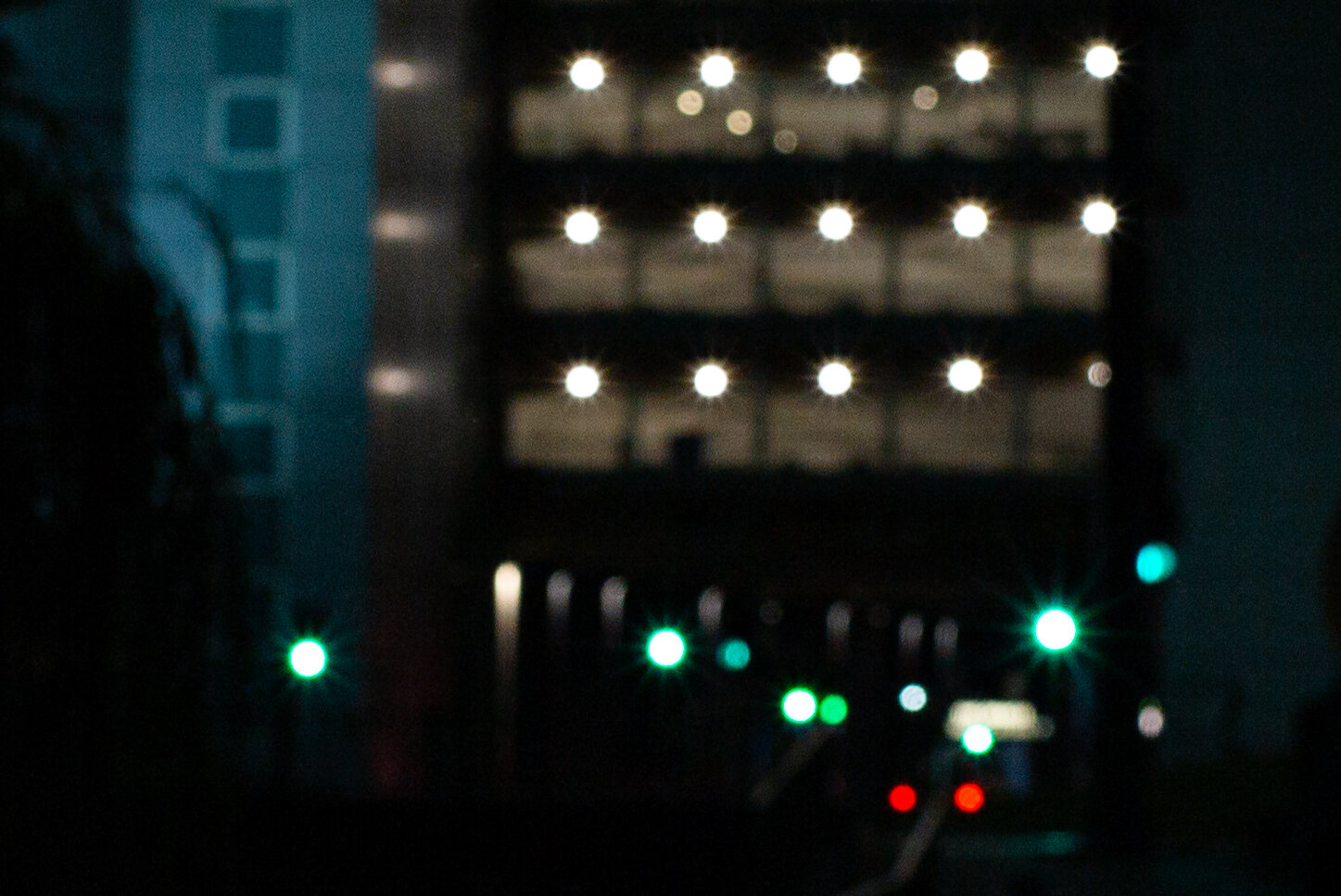
Another series to see the bokeh ball in more detail:

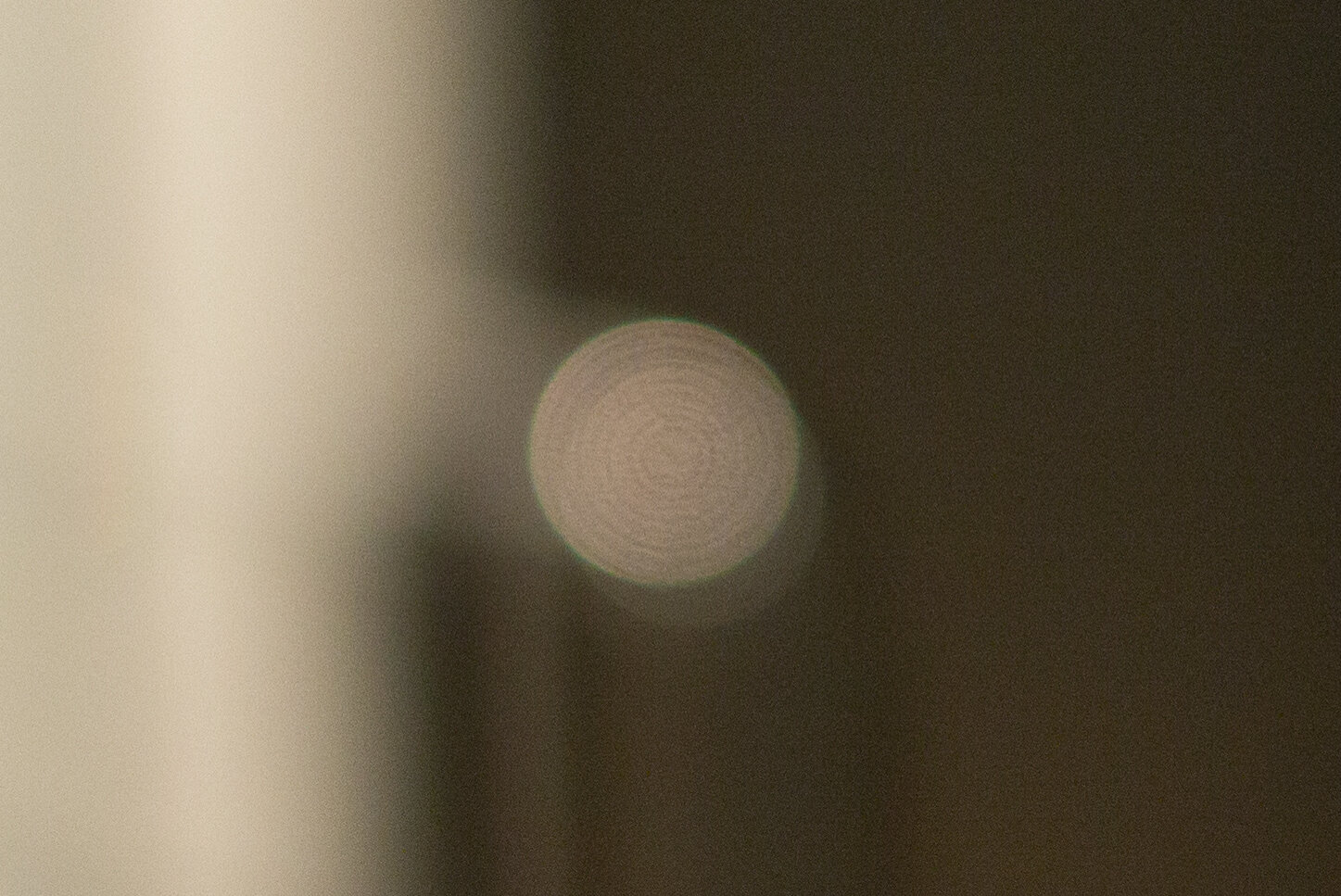
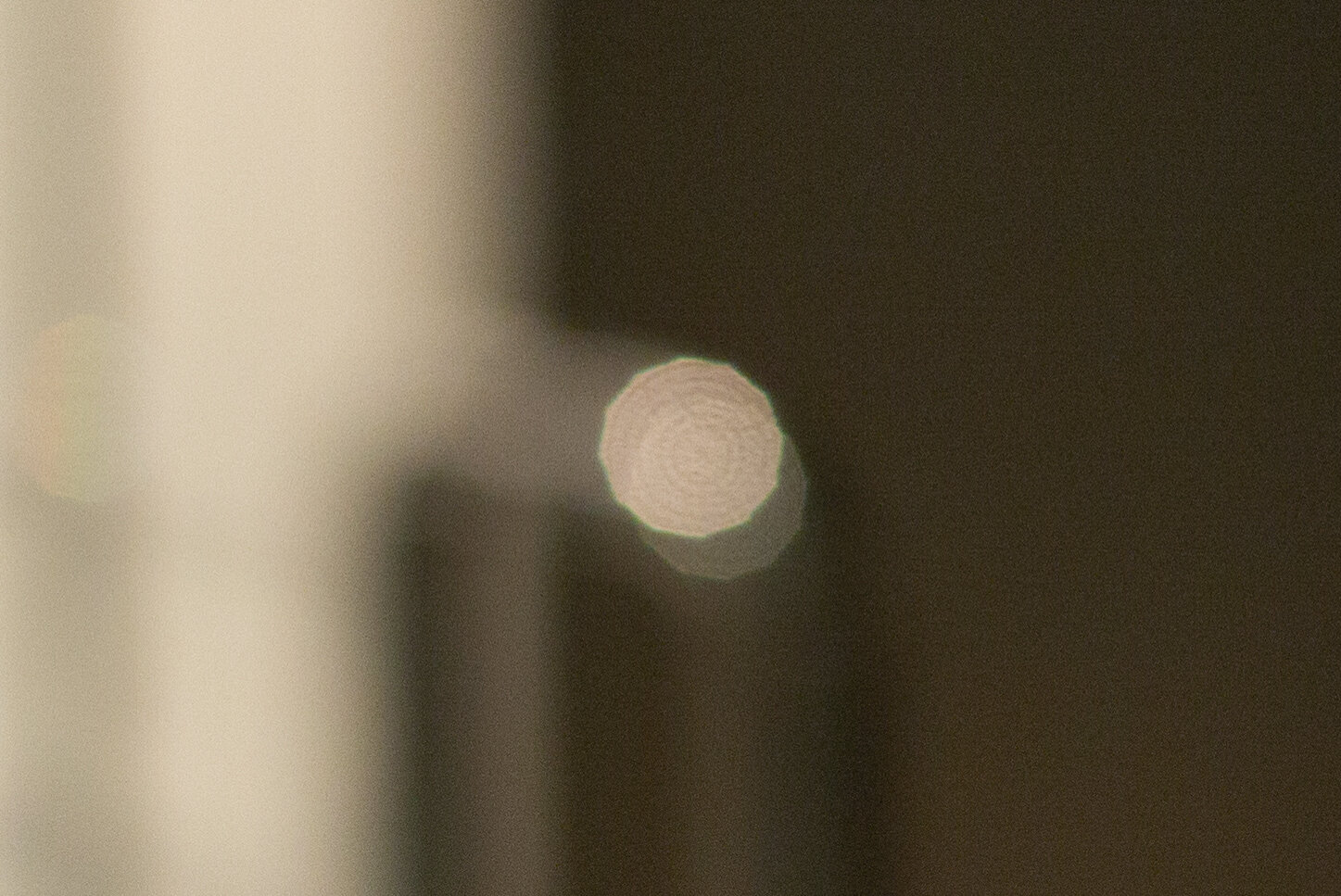

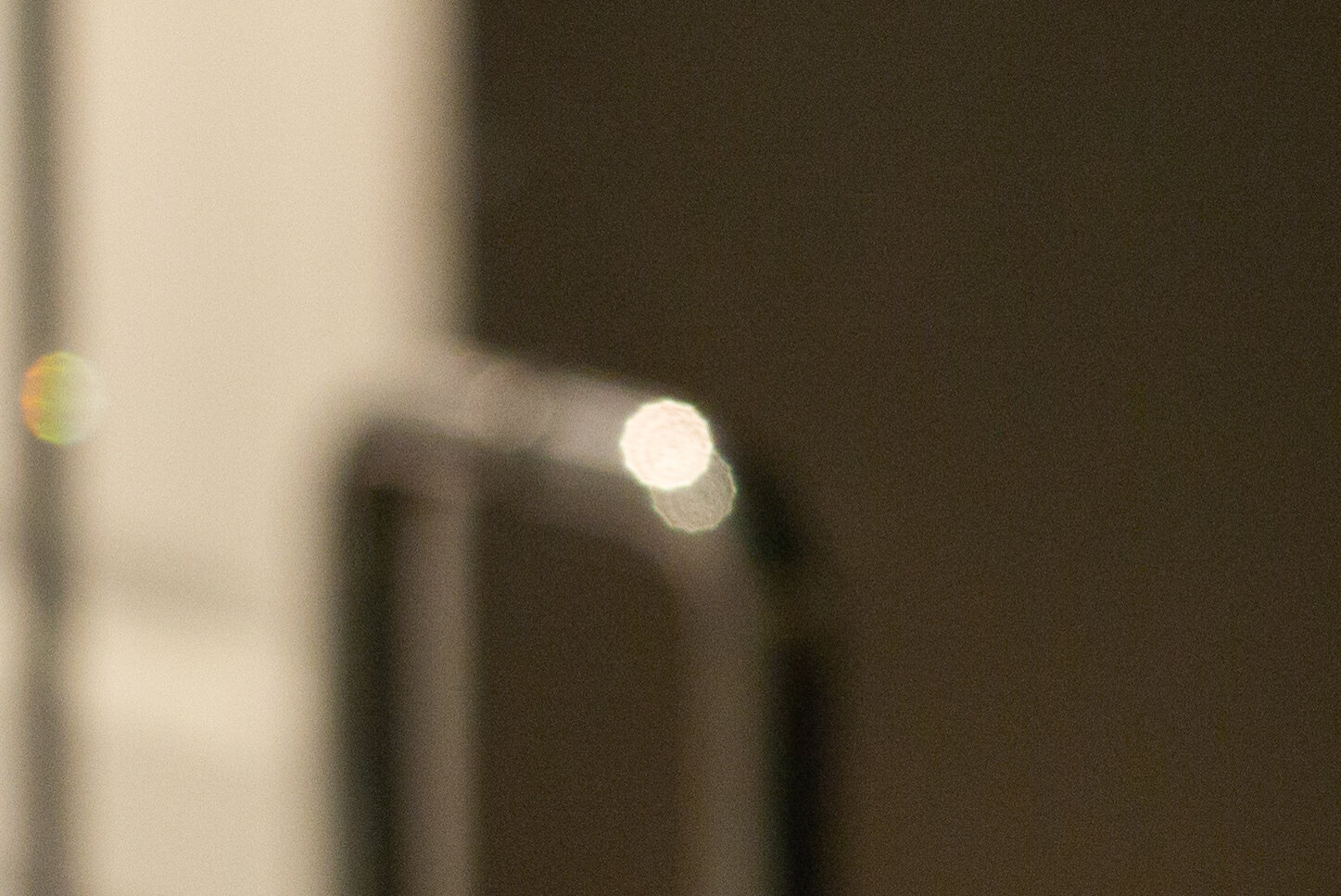
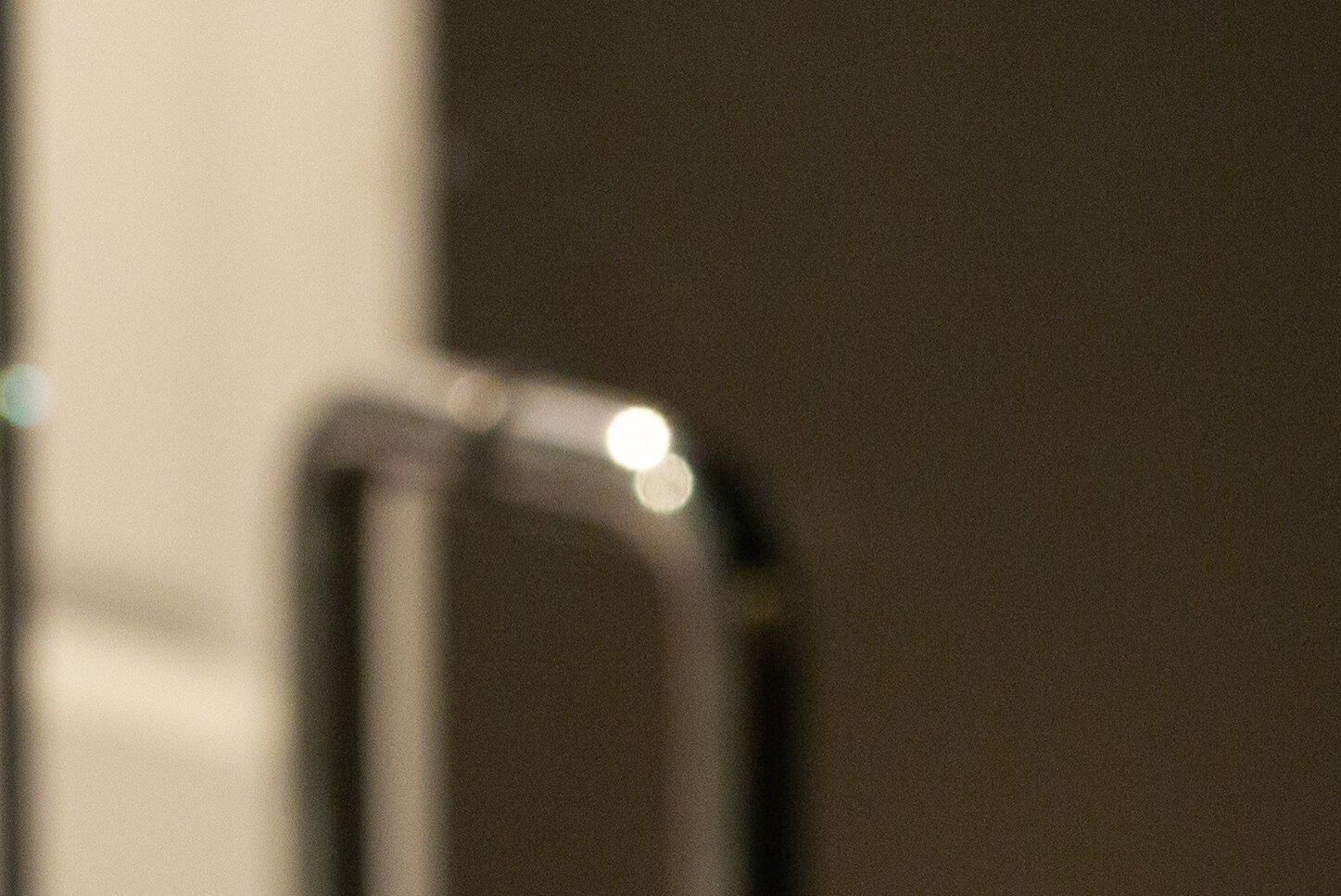
As soon as you stop the aperture down from wide open a ninja-star bokeh shape appears. This is caused by the inwardly curved profile of the diaphragm blades. Although I don’t like it very much, I have a pretty eminent example of this behaviour in mind: the 12 times more expensive Leica Summilux 50mm 1.4 ASPH. It does exactly the same. I might justify it on such a cheap lens as the TTArtisan 50mm 1.4, I still can’t fathom it on the Leica lens. I accept compromises at this price, not at Leica prices.
Vignetting, distortion, coma, colour shift
Let’s start with vignetting:
Pretty heavy wide open, but gone for all practical purposes by F2.8. I haven’t found a fast 50mm prime lens that doesn’t vignette heavily wide open yet. I’m happy with the performance here.
There is no colour shift at all. I have shot this lens with no profile. This is really good news, I was worried after seeing the prominent colour shift with the TTArtisan 50mm 0.95.
Distortion is of the pincushion kind, but very easily corrected if intrusive. I noticed it only when shooting on purpose to test for it, but if you shoot a lot of architecture you might want to correct it:
Coma: wow!
This is wide open. Have a look at the 100% crops at different apertures:
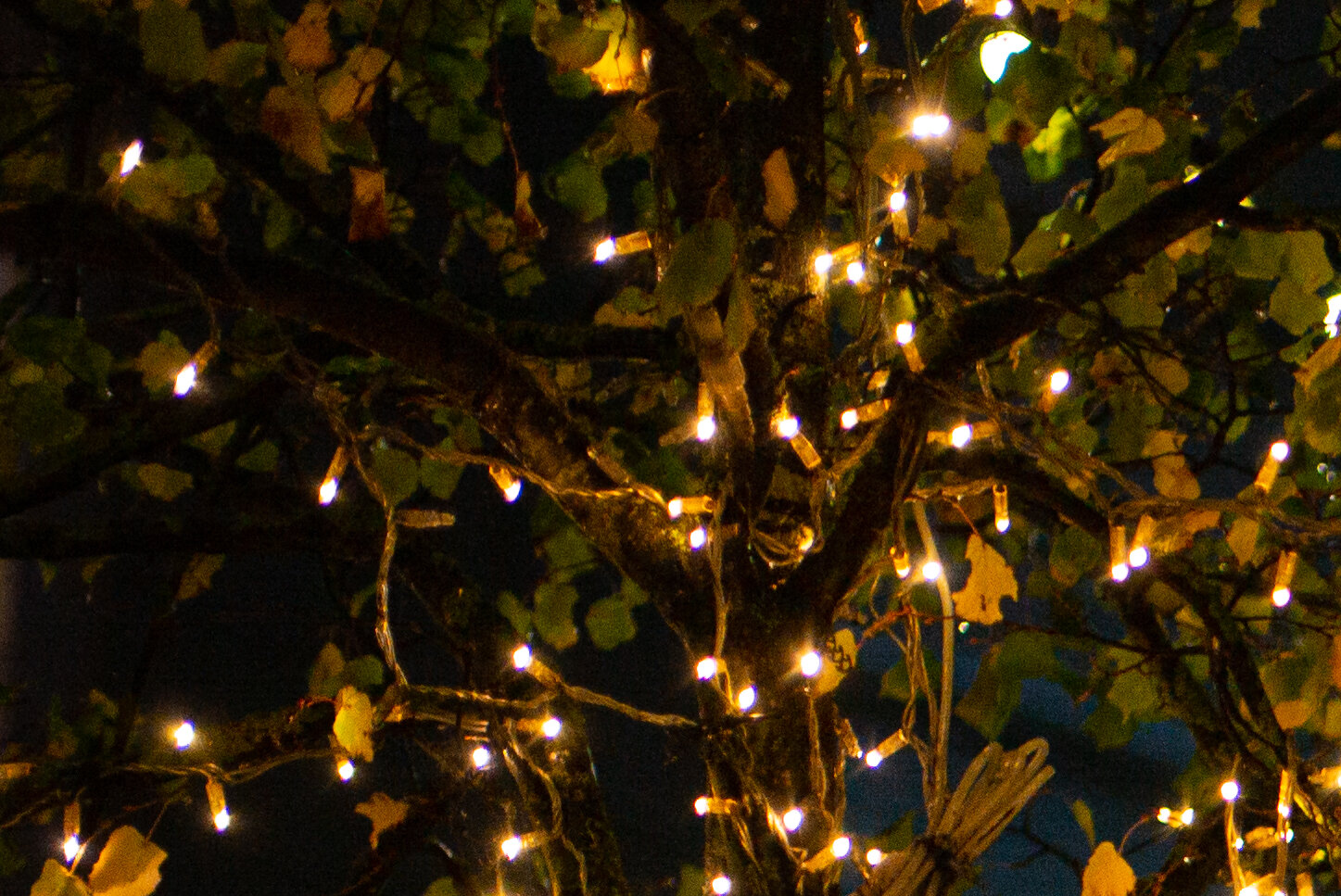
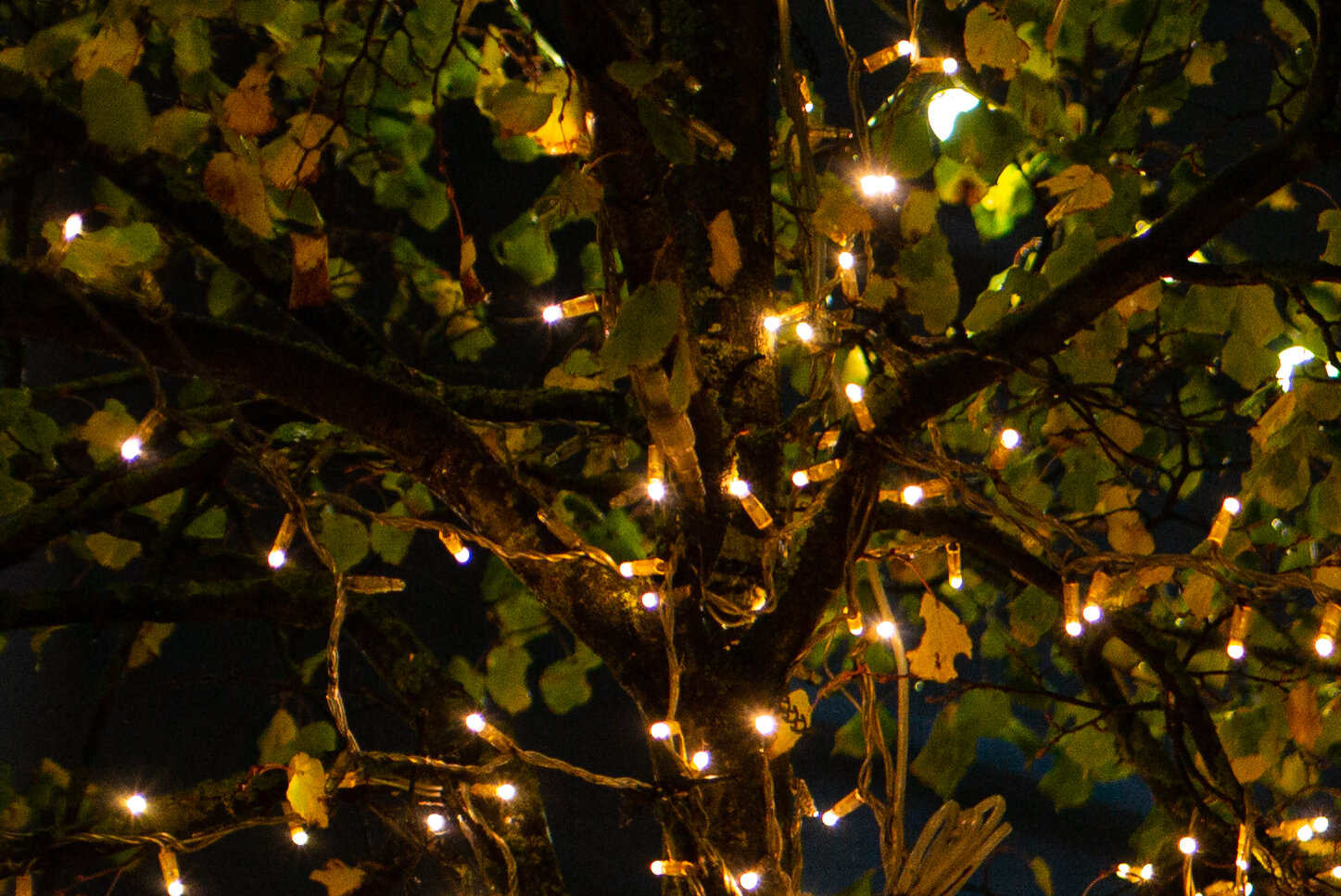
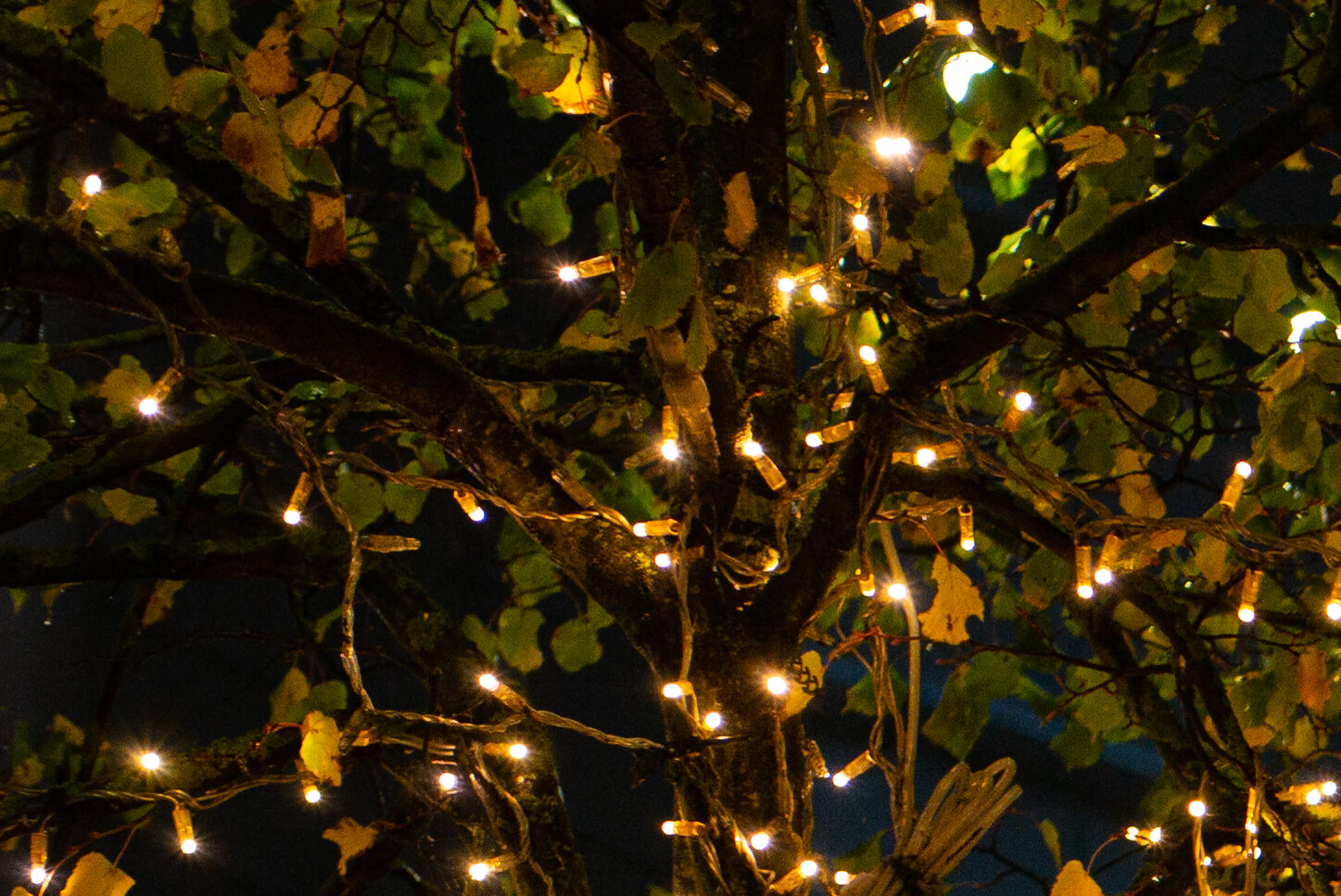
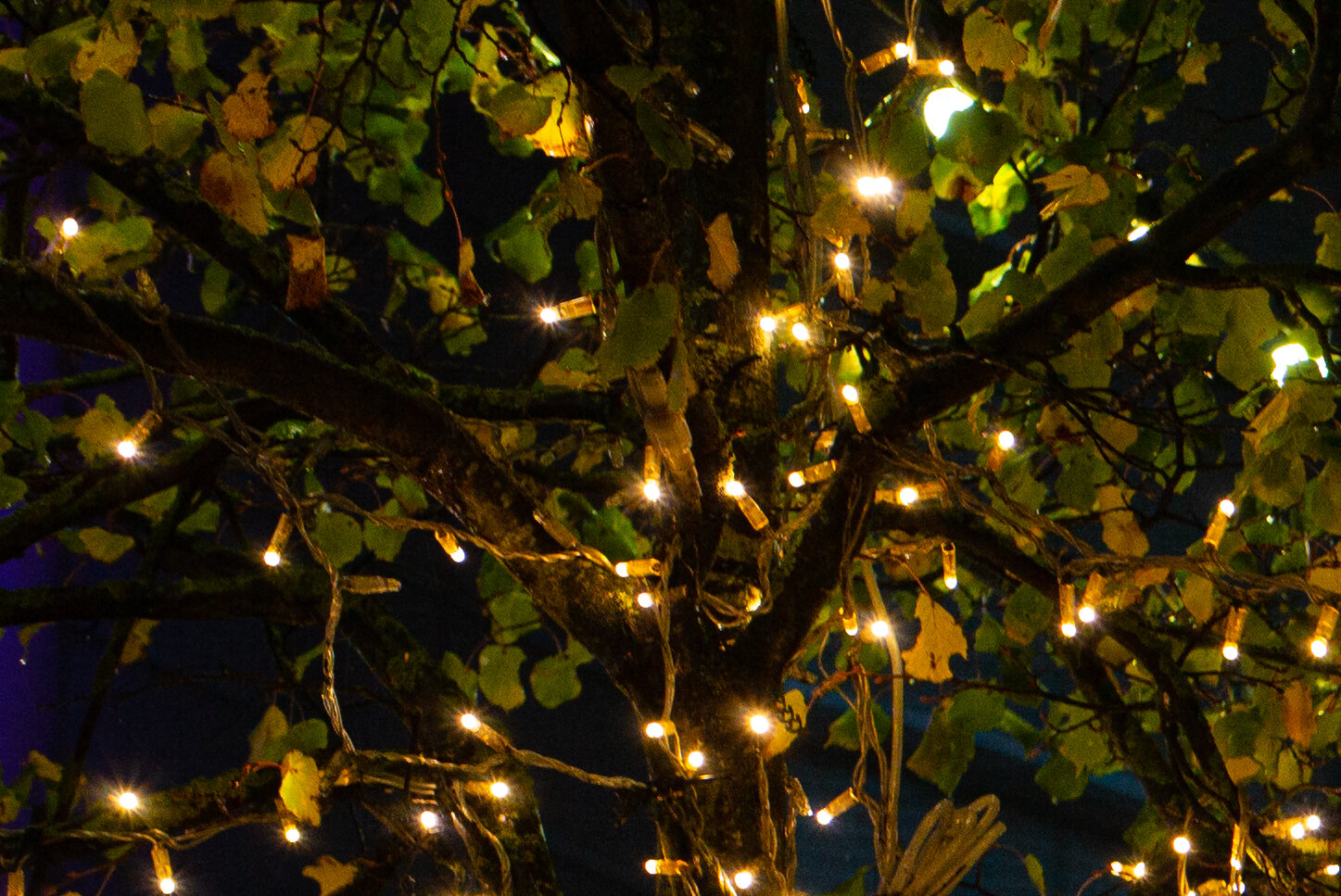
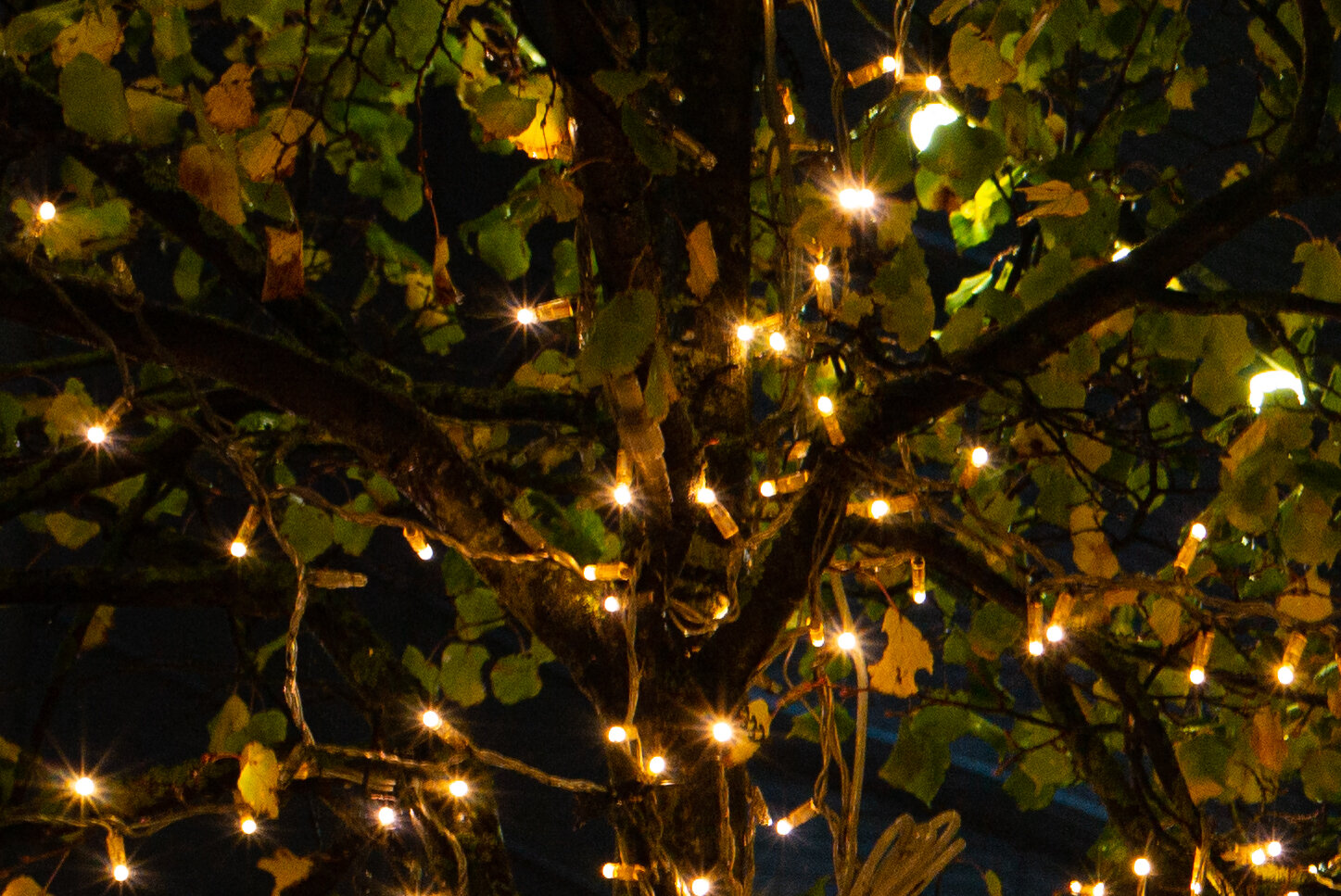
Personally, I would shoot astrophotography with this lens. There is some coma at the edges wide open, but I find it almost negligible. Blimey!
Last but not least, sunstars! Does it make any? Let’s see:
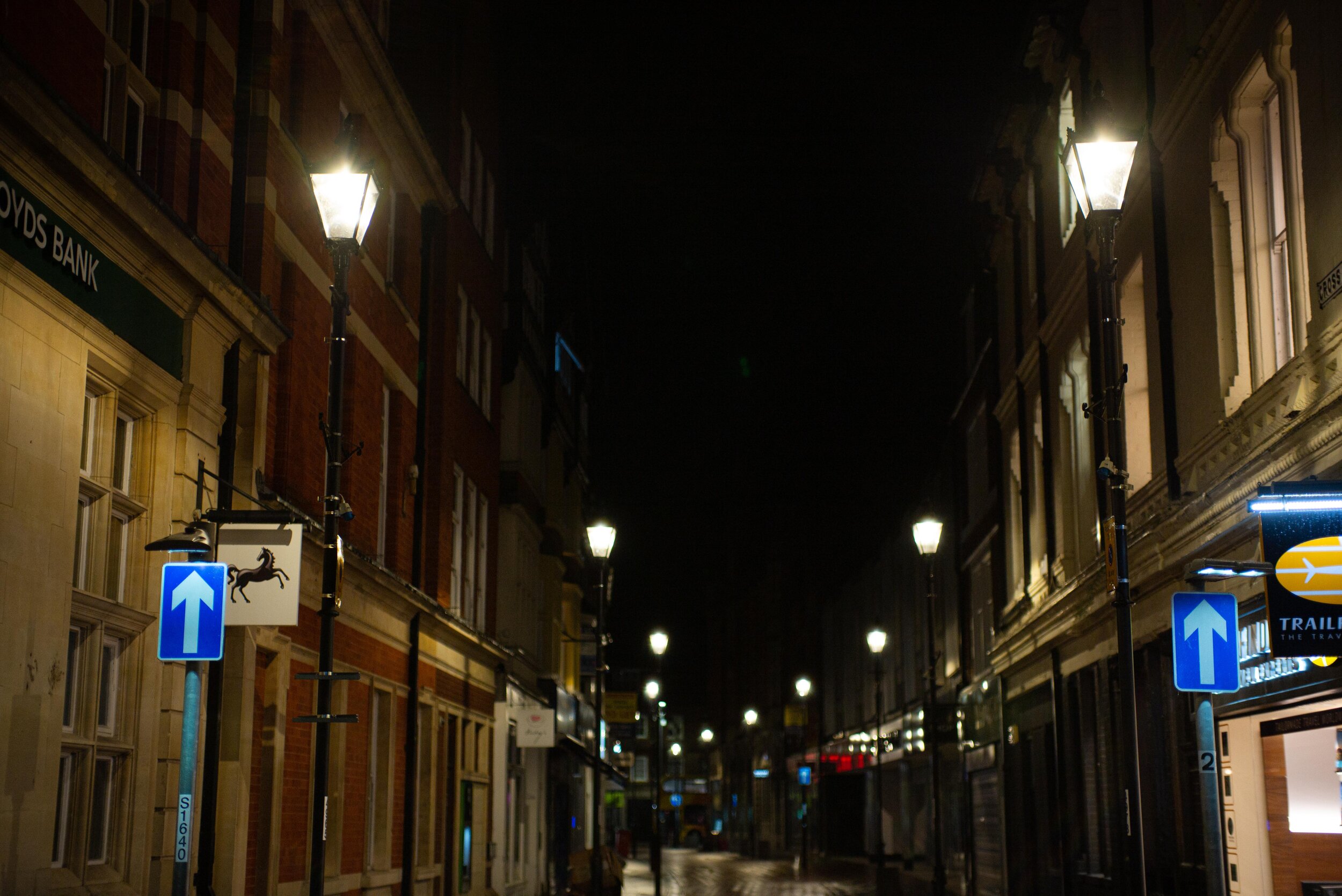
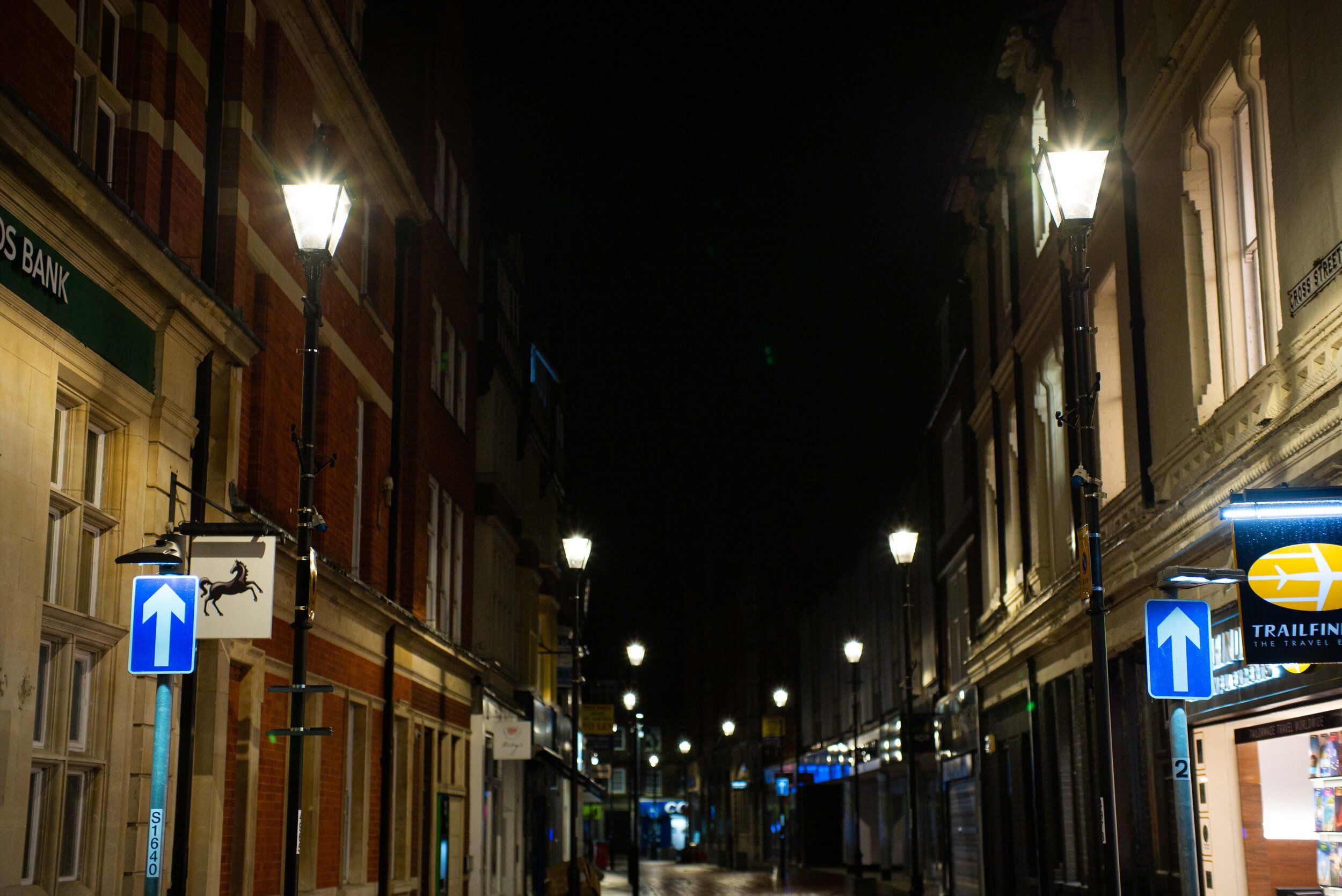
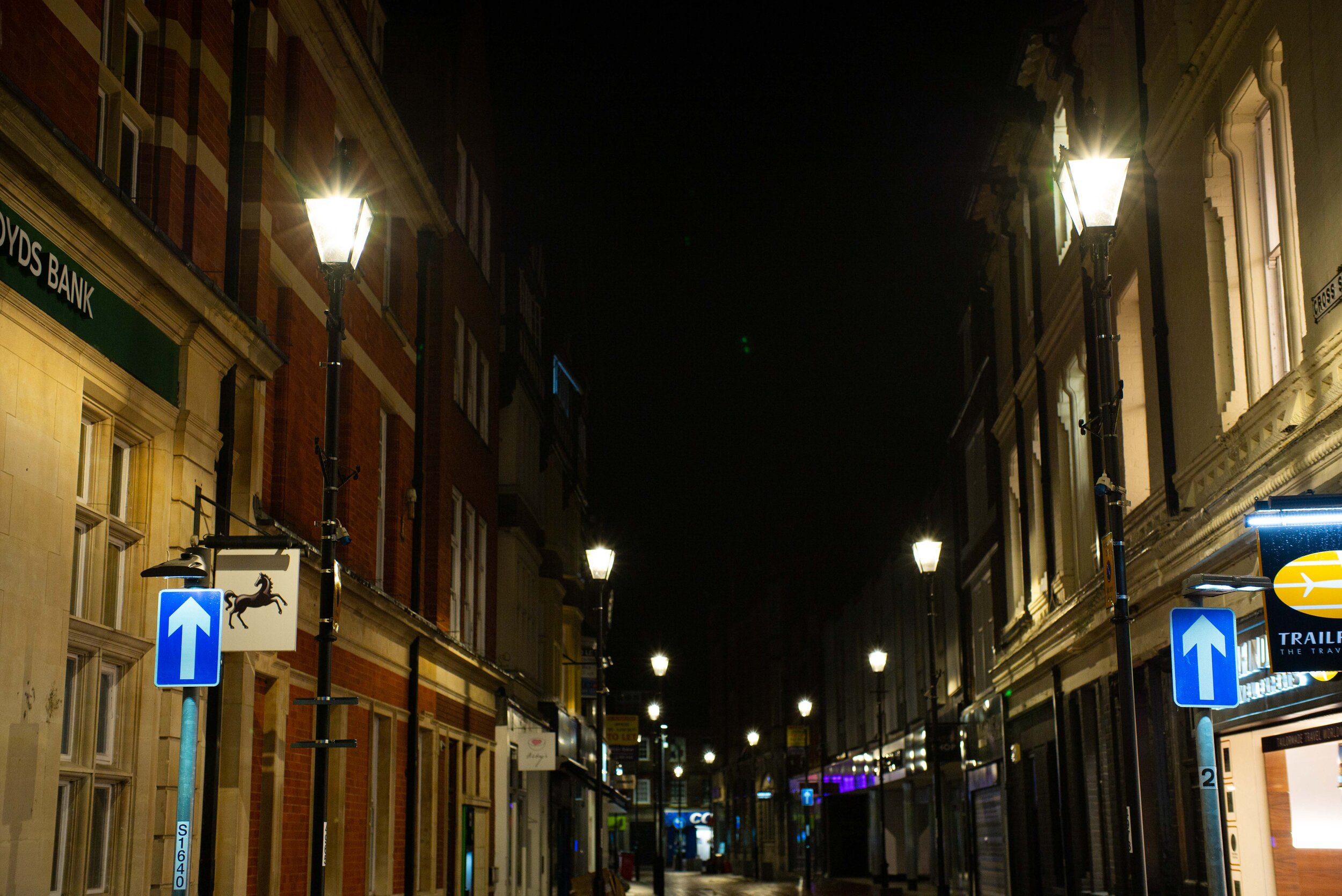
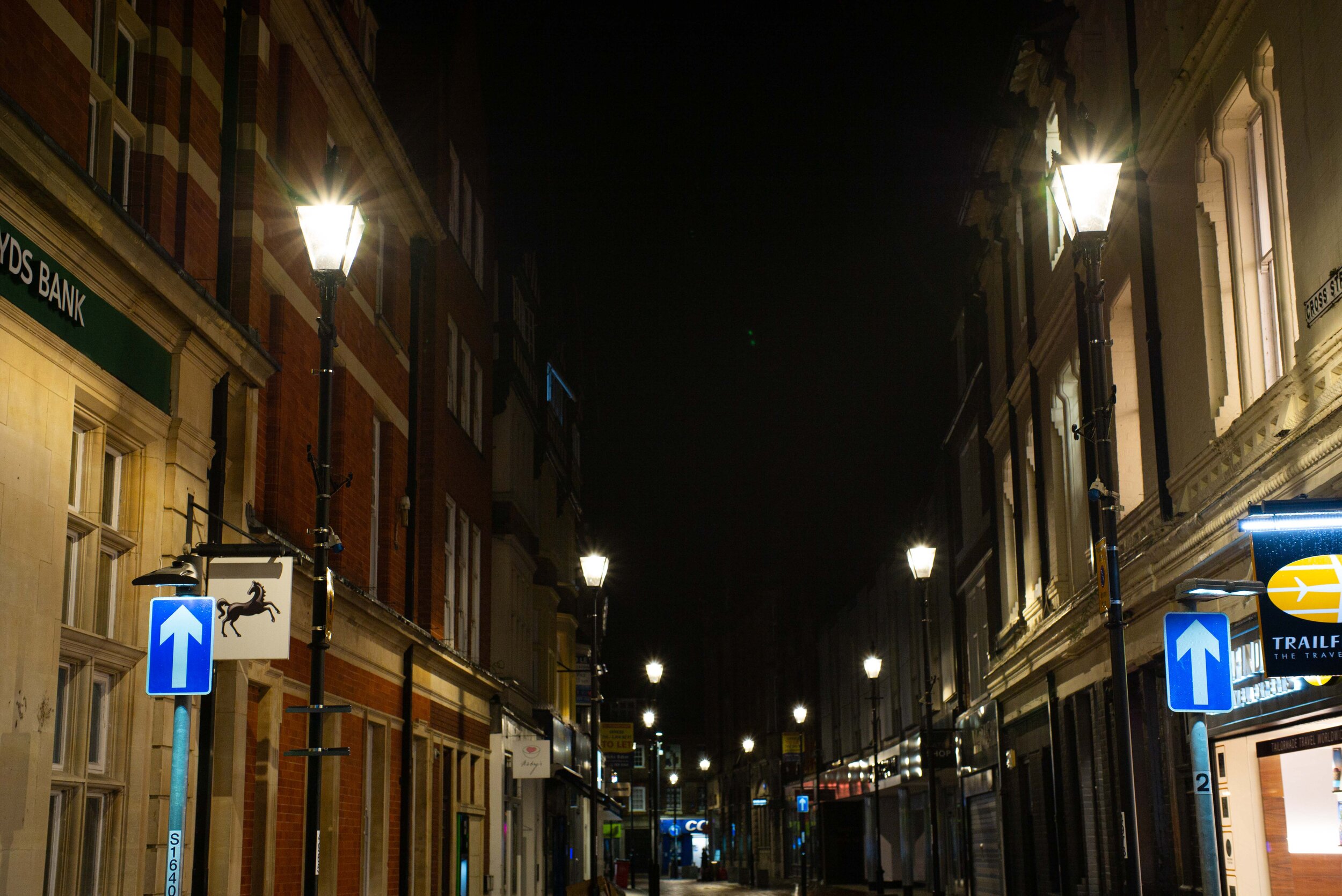

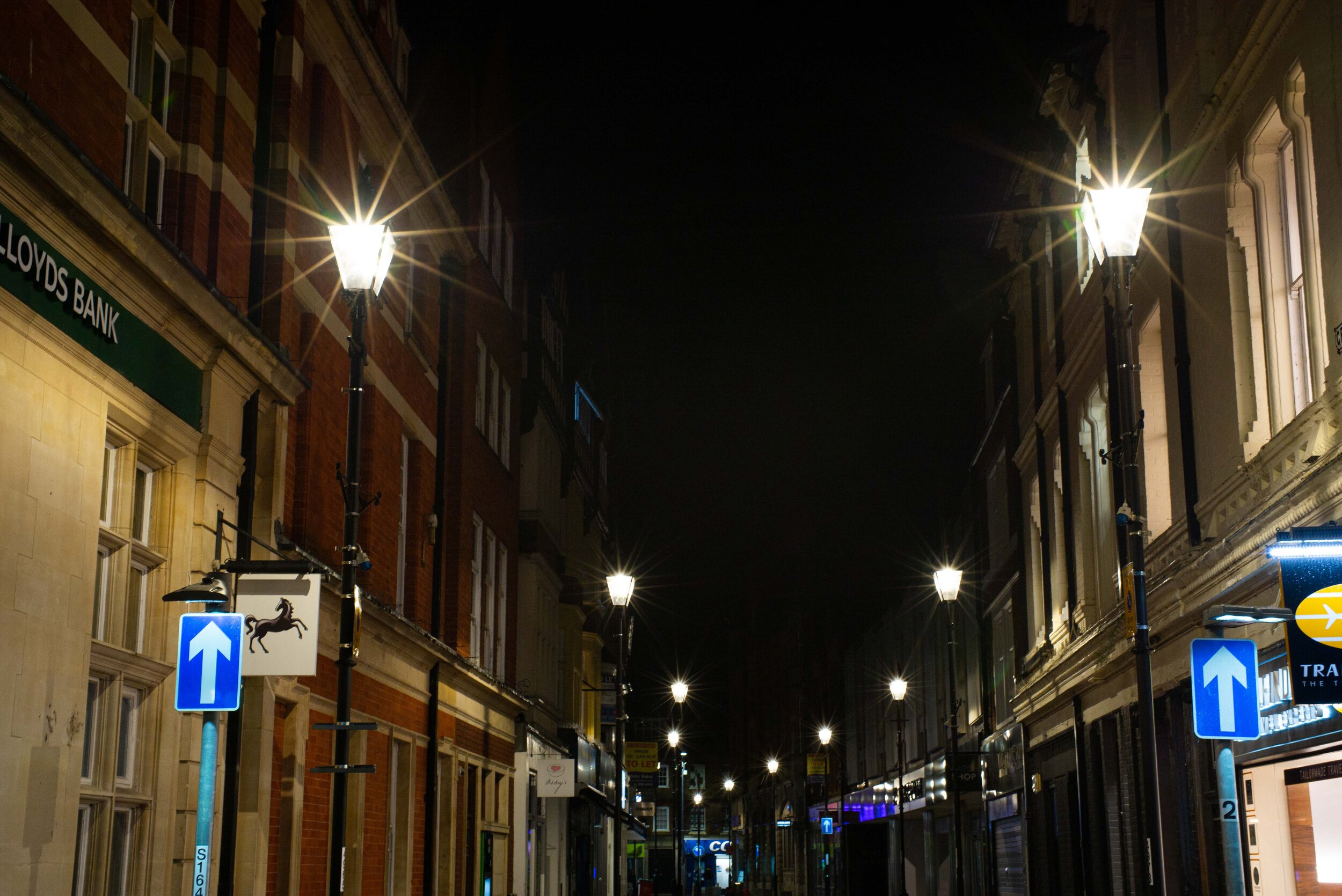
Sunstars appear at F2 already, but they become really well defined at F5.6. They can be quite beautiful, with 12 points.
Let’s draw some conclusions
Cons
Big and heavy for the specification
Flares like fireworks wide open
It can flare in general
LoCA
Ninja-star bokeh stopping down
Slight pincushion distortion
Pros
Incredible resolution
Very well controlled LaCA
Beautiful colour rendition
Very low coma
Beautiful bokeh wide open
Focus shift irrelevant
Vignetting disappears at F2.8
Great ergonomics
Really good build quality
Really flat field curvature
In summary, I think the positives really outdo the negatives. The only real issue with this lens is the flare wide open, and flare in general, but only in certain conditions. Everything else is minor in comparison with the features this lens brings to the table: astonishing resolution wide open, practically no focus shift, minimal coma, beautiful bokeh wide open…in short, great image quality. Almost across the board.
And it costs less than £300.
I am amazed. Please, guys, make that diaphragm rail matte and you just got a 100% thumbs up from me.
They knocked it out of the park with the TTArtisan 50mm 1.4. Period.
I will leave you with a few sample shots:
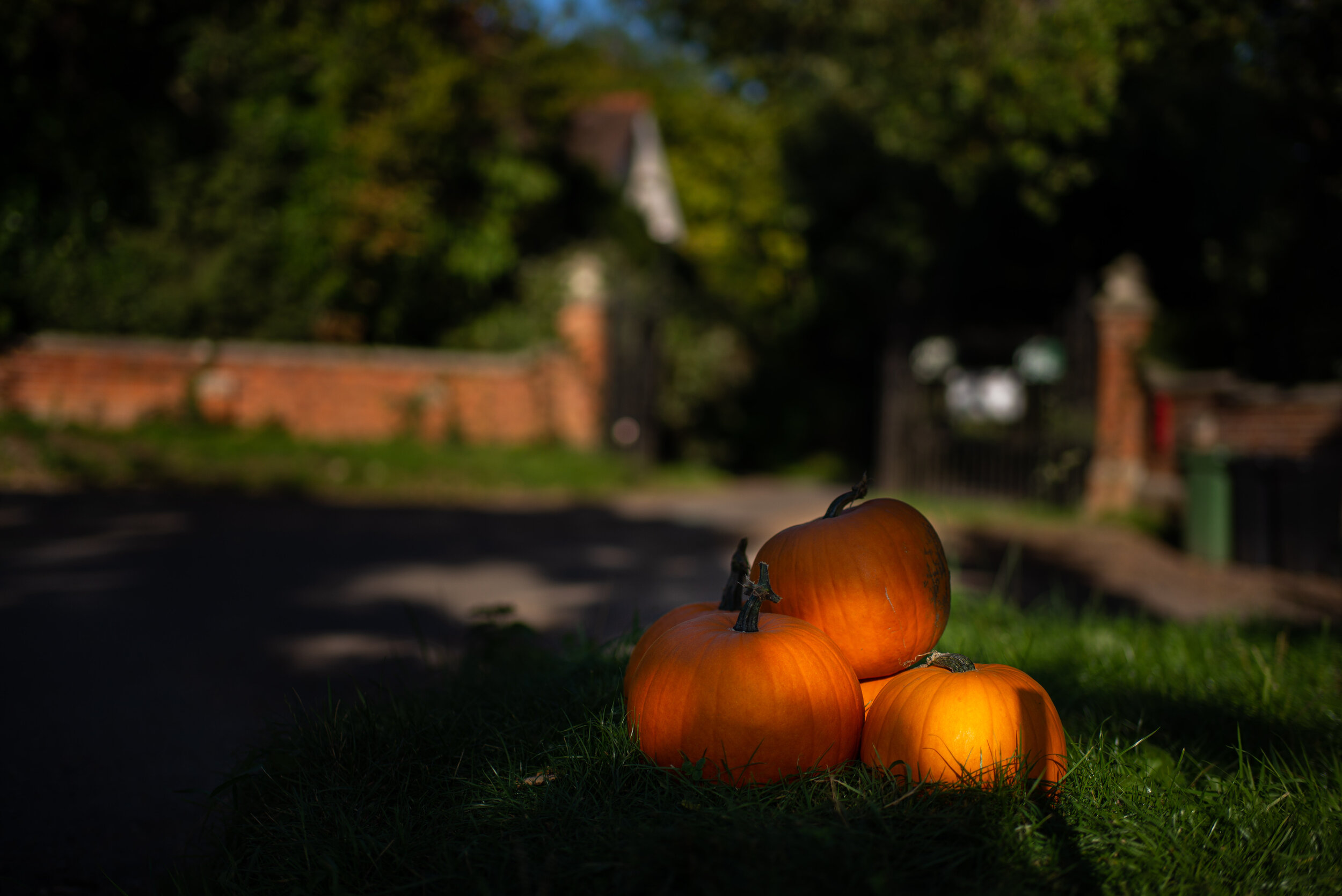
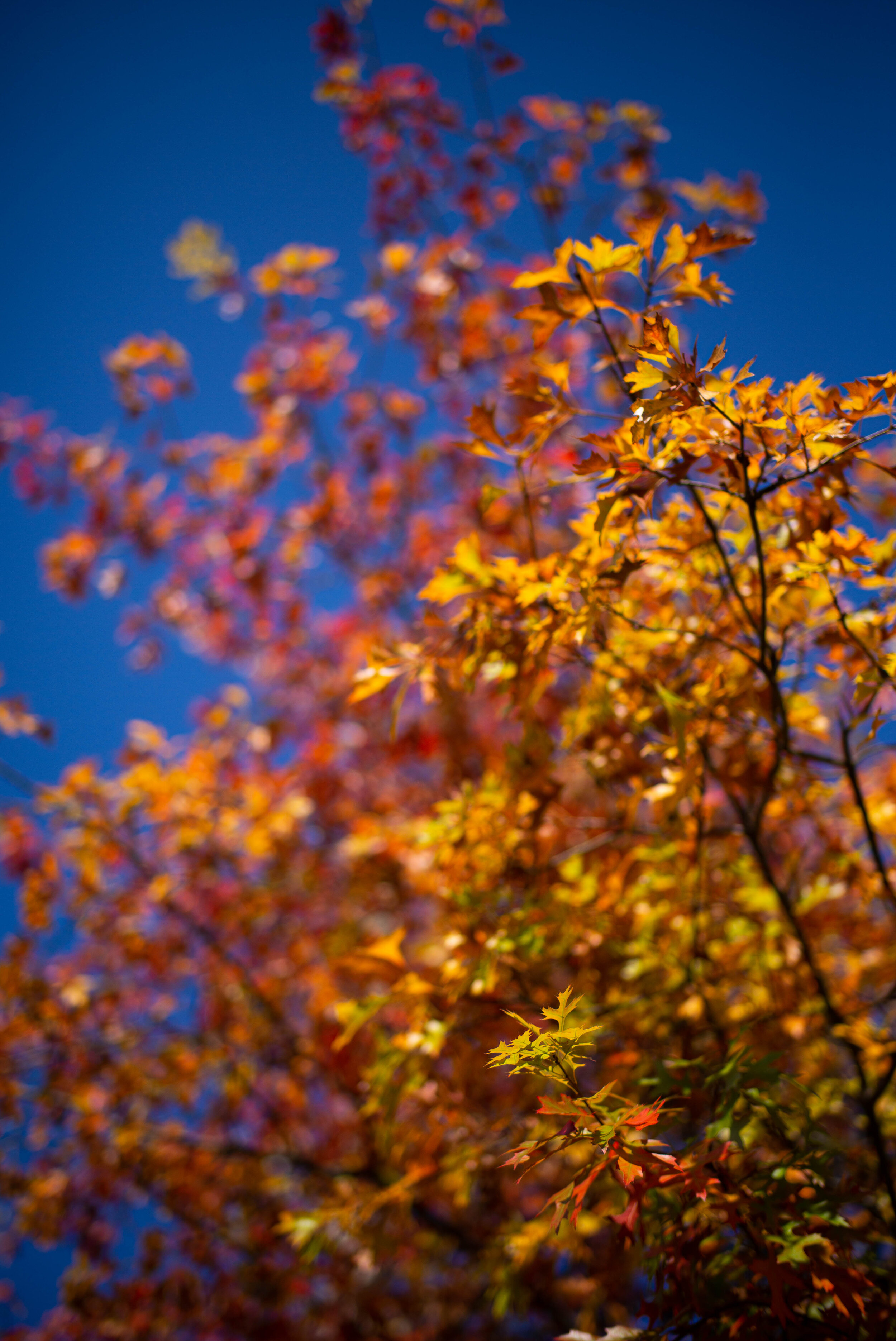
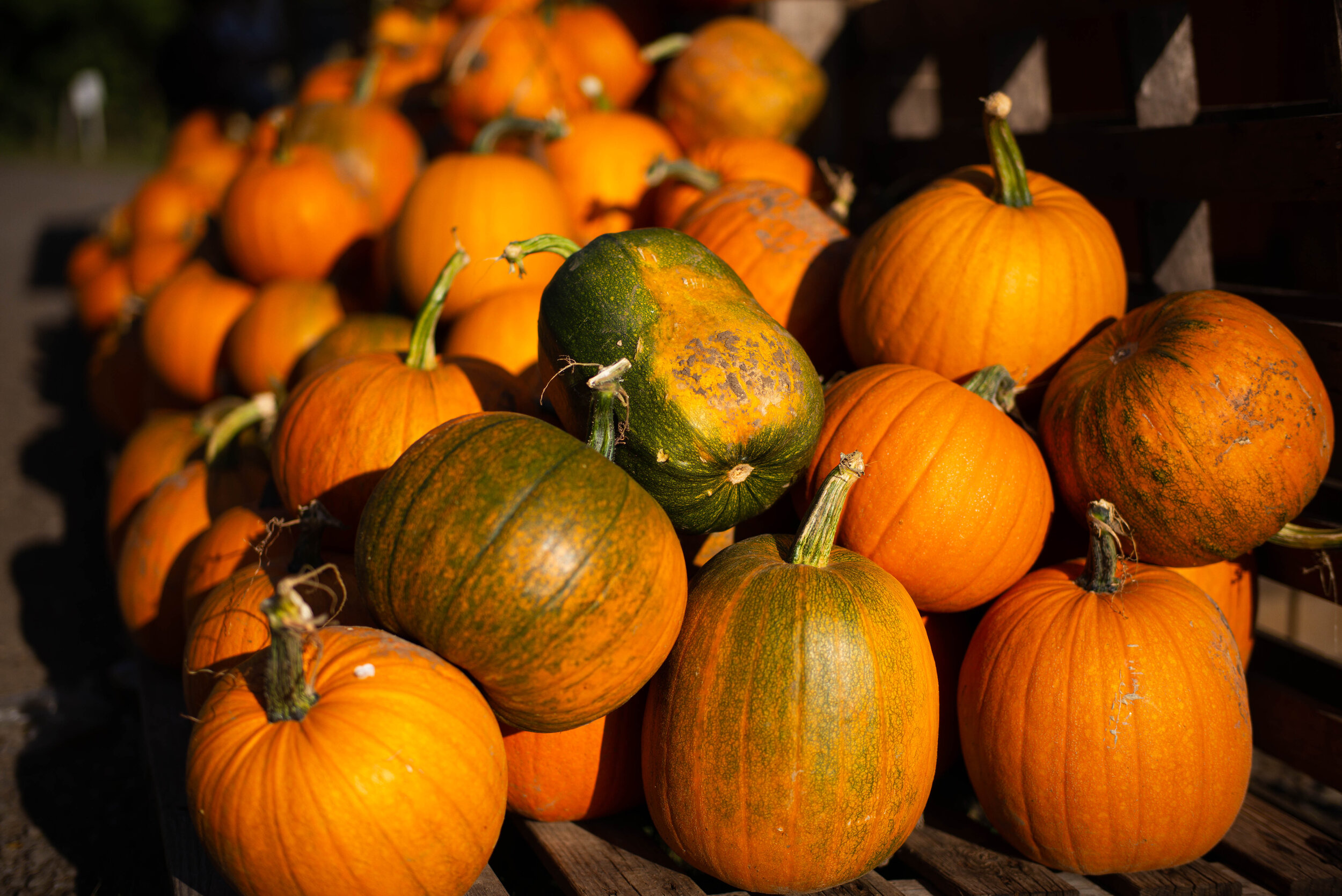

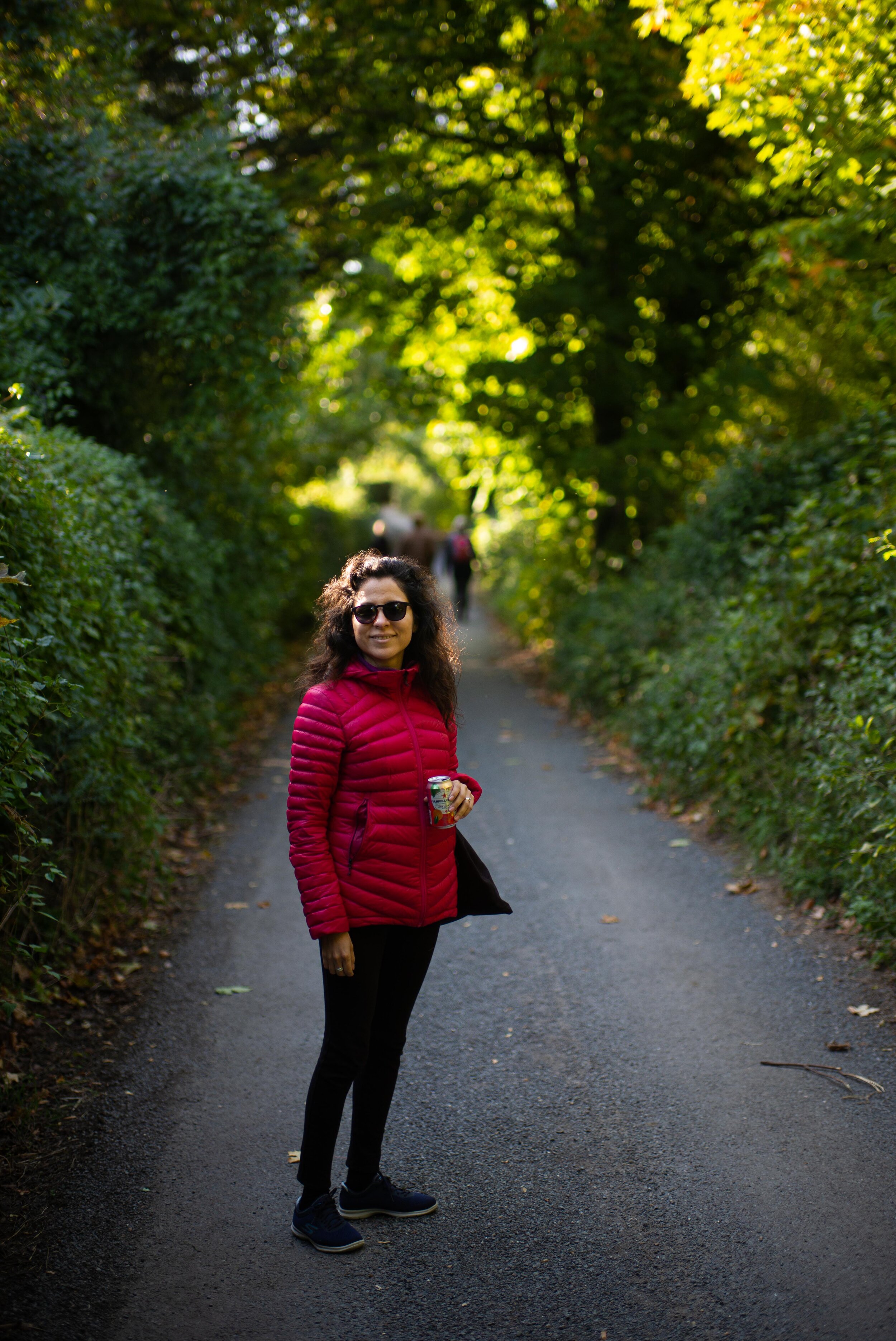
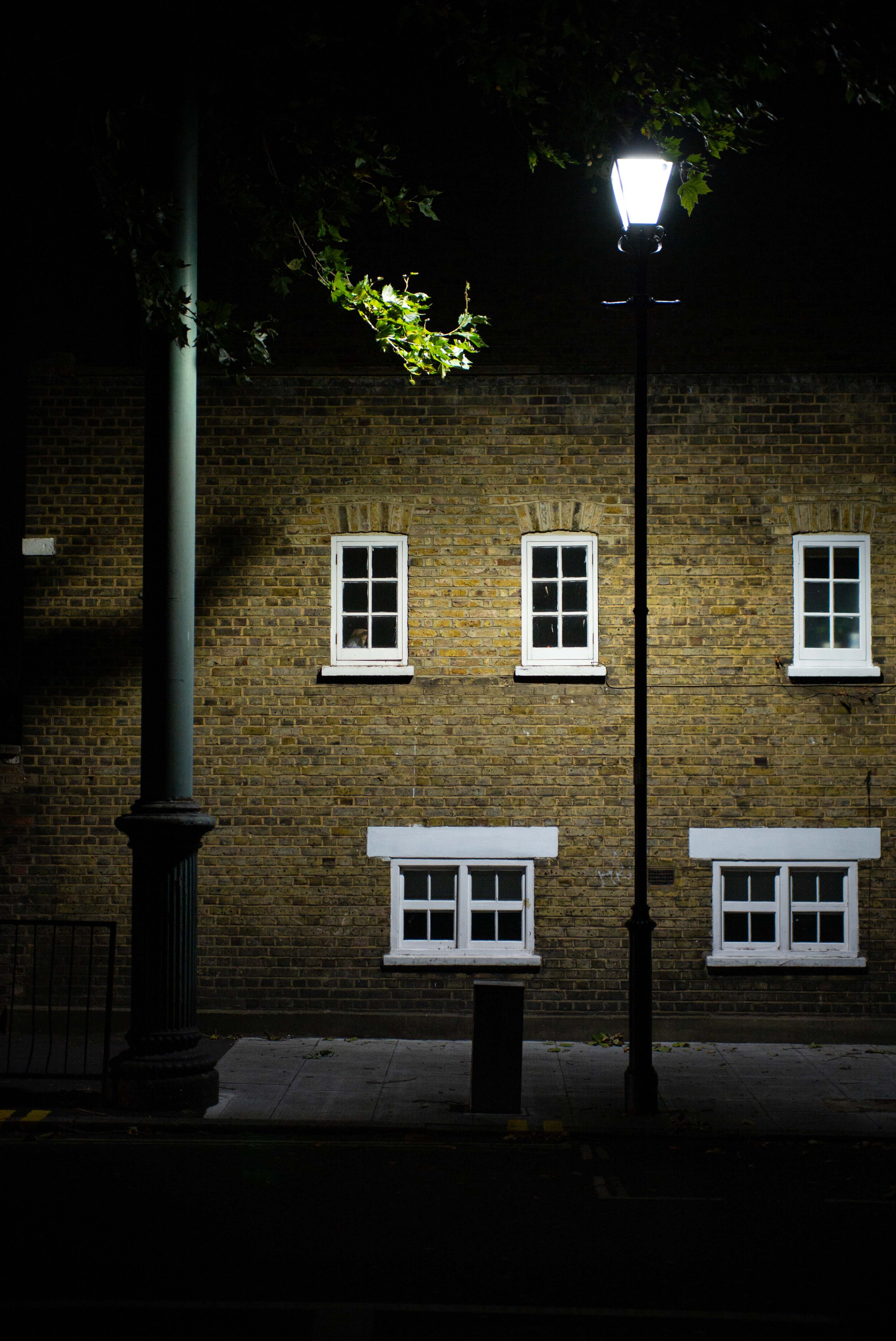
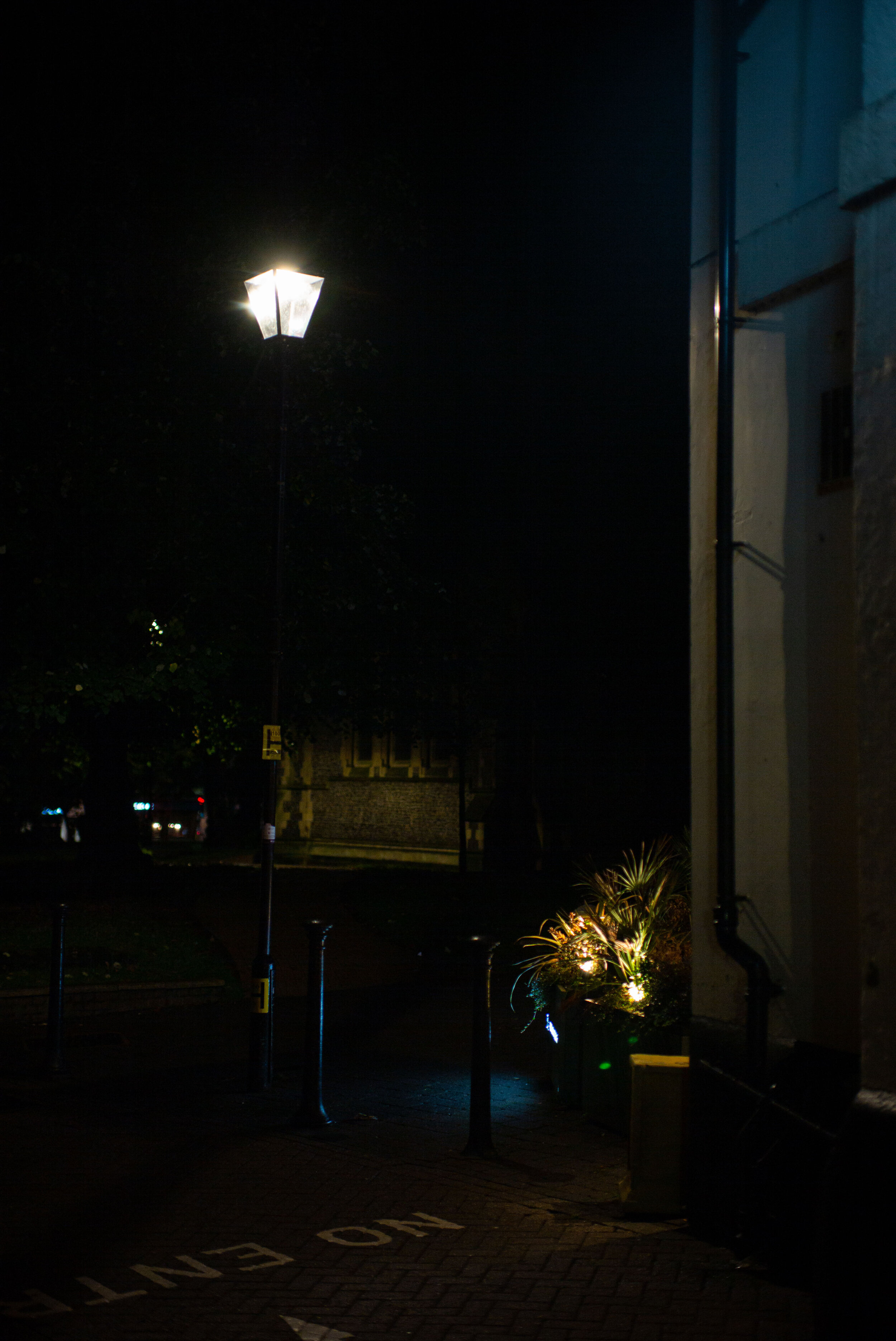
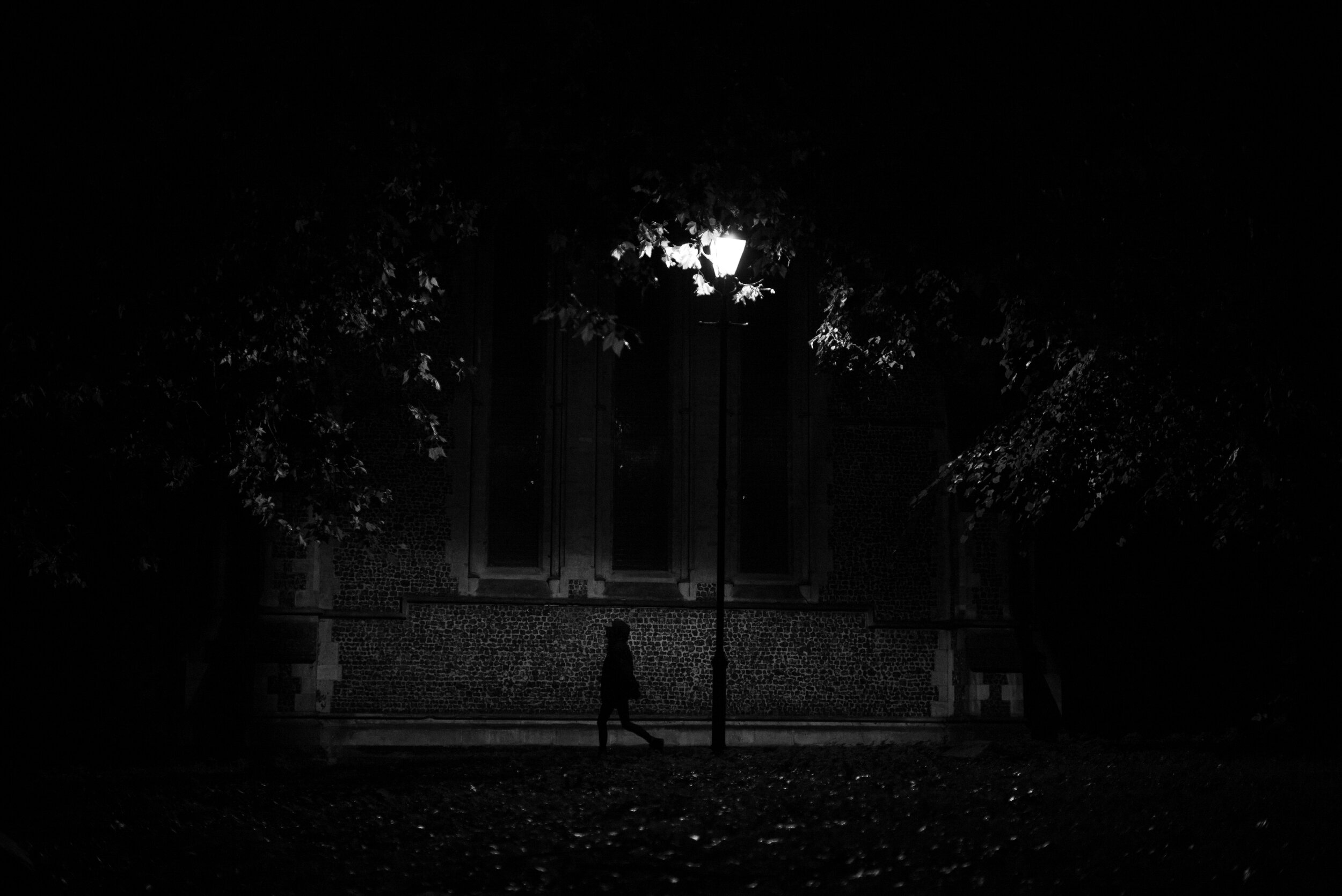
Thanks for reading, and please let me know what you think in the comments!
Previous comments:
Hi, I use the 7 Artisan on my Leica M9M. It is a bit heavy but renders beautifully. You can see my B\W photos on Face book DAN BAR
Very sharp. Contrasty, No focal shif( I had to calibrate it myself)
Flavio Admin Danny • 4 months ago
Hi, are you using the &Artisans 50mm 1.1? I haven’t used it but from what I read it’s not the lens for me: too soft and glowy wide open. I like high performance, modern look lenses that don’t disturb the image. Character for me is a synonym for dodgy optical quality. For lenses as small as the Voigtlander Nokton Classic 35mm 1.4 II I accept the compromise due to the tiny size and speed, but the compromise is not big in that case for me
Thanks for an honest and enthusiastic review of this lens. I am considering it, having just sold my CV 50mm 1.5i. It was one of my favourite lenses for rendering, but its ugly design with that uncomfortable focusing ring never settled with me. So I shall either get the CV 50/1.5ii, or this TTArtisan 50mm f1.4. Apart from the weight difference, do you have any thoughts?
Flavio Admin bizy • 19 days ago
Thanks for the kind words. I completely agree with you about the Nokton 1.5, that focus ring is terrible. Why ruin such a good lens with a “looks over functionality” design? It is a tool after all. The TTArtisan 1.4 is definitely sound in the ergonomics department. I have the Nokton 1.5 II and I am reviewing it along other lenses, including the TTArtisan. The comparison will be published in the next few days. I am really liking the Nokton 1.5 II, and the ergonomics and size are the main reasons why I got so interested in it in the first place. My choice will be the CV lens, mainly on size and weight grounds. But the TTArtisan can’t be beaten for value: at its price it is one hell of a lens, rivalling the SUmmilux 1.4 ASPH in some aspects. Incredible. Mind you, the Nokton 1.5 II is a cracker as well. Can I suggest to wait a few days for my comparison? Lots more info there that could help the buying decision!
Thank you so much for this. I shall certainly wait for your review with enthusiasm before making a purchase. I have a love affair with Voigtlander lenses; they're a quality product, each with their own rendering and character that is a refreshing change from the modern trend to seek lens perfection. That's not to say I don't appreciate state of the art lenses too when I need precision. I also like what TTArtisan are doing too, as they seem to be working to increase the quality of lenses designed and made in China. However from what I have experienced there is too much variation in each unit; when you get a good copy, don't let it go .
This TT artisans 50mm f1,4 is compatible with a Leica M5?? 🤔
I need to know before to buy this lens...
The M5 is a little bit special 😅
Thanks for your answer 👍
Flavio Admin Robin Chl • 14 hours ago
Hello Robin,
I believe the compatibility problems for the M5 stem from the fact that the light meter cell arm can be hit but the protruding rear element of older wide angle lenses.
The rear element of the TTArtisan 50mm 1.4 doesn't protrude more than 2mm from the mount flange, negating any compatibility issues.
Take it for what it is though, I never had an M5 and thus I haven't tried it with this lenRobin Chl Flavio • 13 hours ago
I finally found!
TTArtisan 50mm f1.4 Aspherical Leica M Review - With… — disq.usAfter few days...
For the other people who need to know. I share the link 🙂Have a nice day 😊📷


